Seattle is often affectionately called “The Emerald City”, with lots of lush greenery in and around the city. Urban trails, nature parks, and stunning mountain views make the city itself a great place to be outside. Seattle is also surrounded by incredible hiking trails that any hiker should want to explore! There’s truly a trail for everyone, whether you’re looking for a mellow urban stroll or more of a challenge to test your hiking fitness. So here is my list of the 7 best hikes near Seattle, complete with all the info you need to plan your next adventure!
Disclaimer: This blog post may feature some affiliate links, which means I get a small commission if you make a purchase (at no extra cost to you). It’s one of the ways I can keep producing free guides and resources for my readers. Learn more about my affiliate policy here. Thank you for the support!
Best Hikes near Seattle, Washington
There are countless incredible hikes in Washington, so what makes these the best hikes near Seattle? Proximity to the city and ease of access to the trailheads are the primary factors. The distances I mention here are driving time from downtown Seattle to the trailheads, not including traffic. You can use these times as a good estimate in planning your adventures!
I also think it’s important to include a variety of natural environments, so you’ll find options for waterfalls, fire lookouts, and alpine lakes. When you’re choosing your next hike, consider factors like how far you want to hike (distance), how challenging (how many feet of elevation gain), how far you want to drive to get there, and what you’d like to see (alpine views, lush forests, rivers, wildlife, etc.) This guide has all the important information you need, so all you need to do is choose your next adventure, lace up your hiking boots, and hit the trail!
Since these are quite popular hikes nearby a major city, visitors can have a huge impact on the natural environments listed here. I recommend familiarizing yourself with Leave No Trace Principles before you plan your next hike. Being a responsible traveler helps protect the environments we love to visit by minimizing our impact.
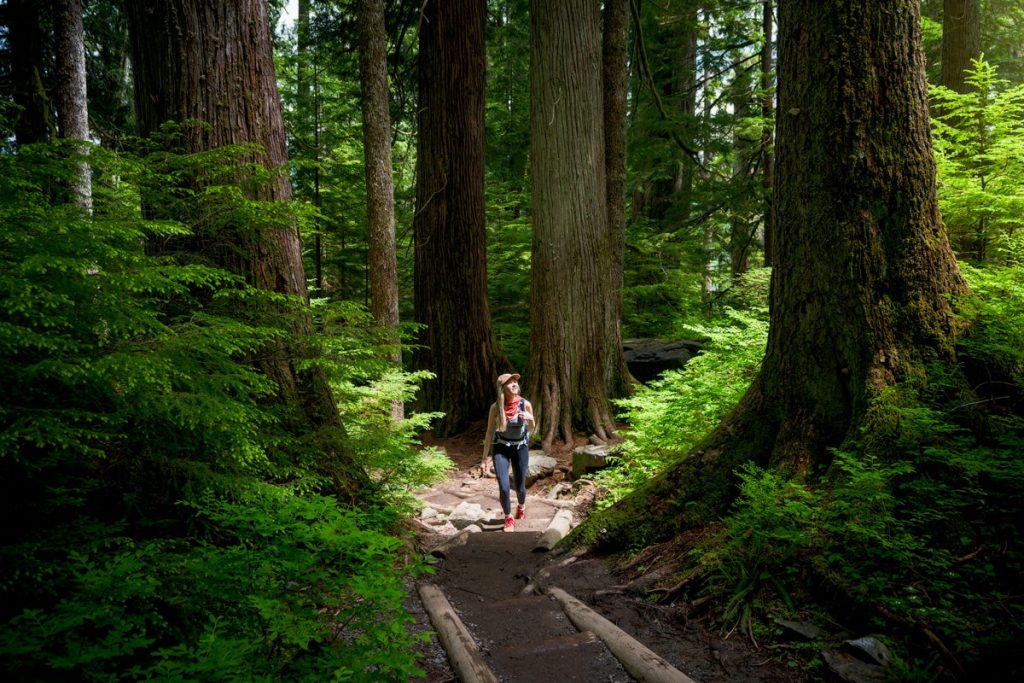
How to plan your next Seattle Hike
One of my favorite things about hiking near Seattle is how many options you have to choose from. Whether you want to hike for just a few hours or you want to plan a challenging, multi-day backpacking trip, you don’t have to go very far from the city!
Keeping that in mind, the following are my most recommended hikes near Seattle that range from easy to strenuous. All of these trails are relatively popular and well-maintained, and they are all accessible via paved roads just a short drive from Seattle.
Before you head out hiking you will need to:
- Research your trail (use this guide plus other resources such as the Washington Trails Association).
- Factor in overall distance, elevation gain, current conditions and your fitness when selecting a trail.
- Be sure to wear and pack the appropriate items (more on this further down the blog post).
- Print a physical map of the trail and/or download offline maps (I use the Gaia GPS app, click here to get 20% off a Gaia GPS membership)
- Tell someone your plans before heading off (where you are going and when you will be back).
- Read up on Leave No Trace Principles.
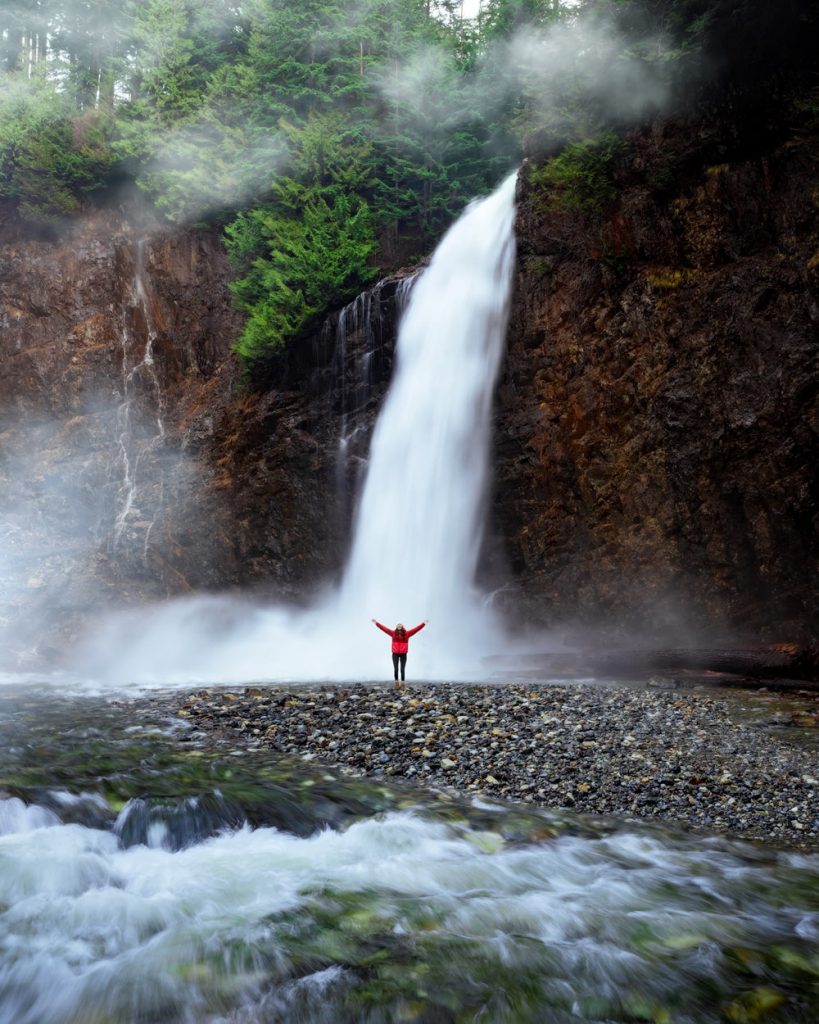
Franklin Falls
Franklin Falls is a great, easy hike just a quick drive from Seattle, which makes it quite a popular day trip. The 70 foot waterfall is the most incredible from April – July when it’s fueled by snowmelt, but it’s still spectacular all summer and fall. This trail is shaded pretty much the entire way, so it’s a nice option to escape the city on those hot summer days.
I do not recommend this as a winter hike as there can be avalanche danger on parts of the trail. Best to save this one for the summer and fall if there is any risk of an avalanche. You could also consider hiking to Gold Creek Pond (which has an ADA-accessible paved loop) while you’re in the Snoqualmie Pass area.
Location: Mount Baker Snoqualmie National Forest
Native lands: Coast Salish, Tulalip, Snoqualmie
Distance: 2 miles roundtrip
Elevation gain: 400 feet
Difficulty: Easy
Pass/permit: Northwest Forest Pass
Dogs: Yes, leashed
Road access: Paved road most of the way, 2×2 friendly
Latest trail conditions and more information
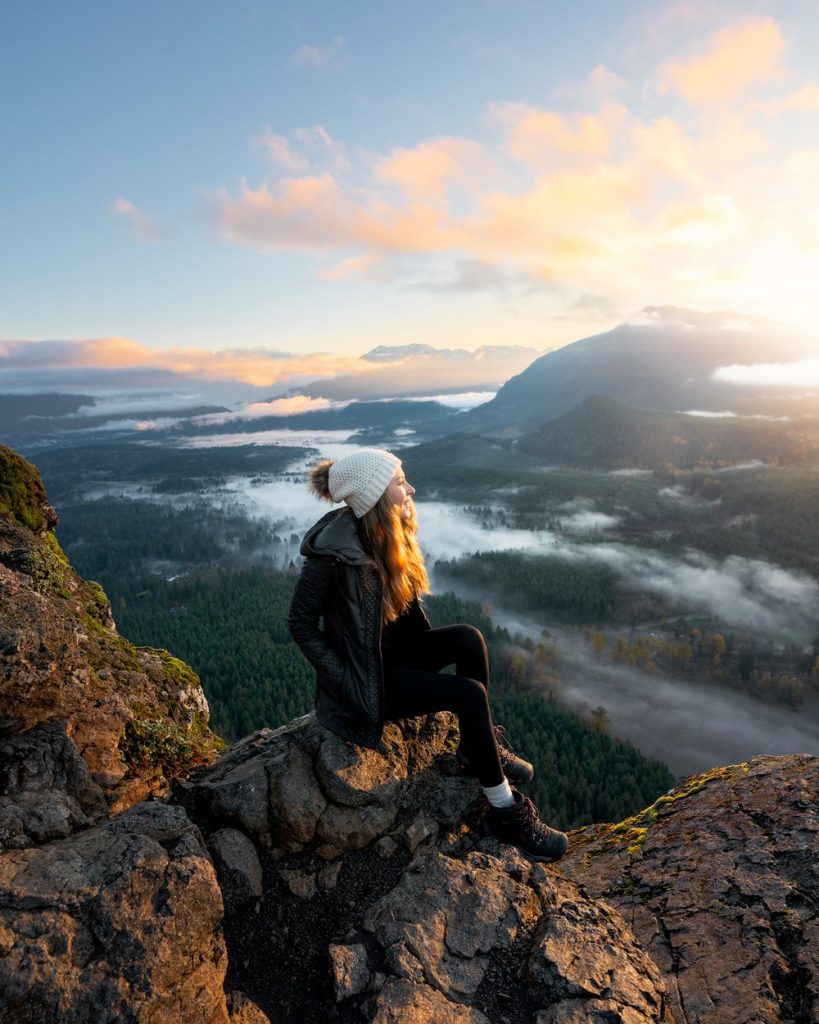
Rattlesnake Ledge
Rattlesnake Ledge is a classic Seattle hike for good reason! At just over a half-hour drive from Seattle and with such great views of the North Cascades and Rattlesnake Lake below, it draws crowds from all over Puget Sound. Keep in mind that this is not the hike to escape from crowds, but it is an excellent one to work on your cardio and hiking legs while climbing the switchbacks to the top. Due to the relatively low elevation, this hike is also snow-free the majority of the year, allowing you to keep your fitness up during winter when many other hikes will be inaccessible without snowshoes.
Rattlesnake Lake Recreation Area (where this trail starts) is a great spot to picnic, walk dogs, etc. No hiking required to enjoy this area! Some of my other favorite hikes in North Bend are Mount Si, and Mailbox Peak. Tiger Mountain and Poo Poo Point are more great hikes in Issaquah and some of the closest hikes to Seattle!
Location: Rattlesnake Lake Recreation Area
Native lands: Coast Salish, Duwamish
Distance: 4 miles roundtrip
Elevation gain: 1160 feet
Difficulty: Easy – Moderate
Pass/permit: None
Dogs: Yes, leashed
Road access: Paved road, 2×2 friendly
Insider Tip: I recommend using microspikes when hiking Rattlesnake Ledge in the winter or early spring after a snow storm. it can get very icy, and I have firsthand seen people slip and seriously hurt themselves.
Latest trail conditions and more information
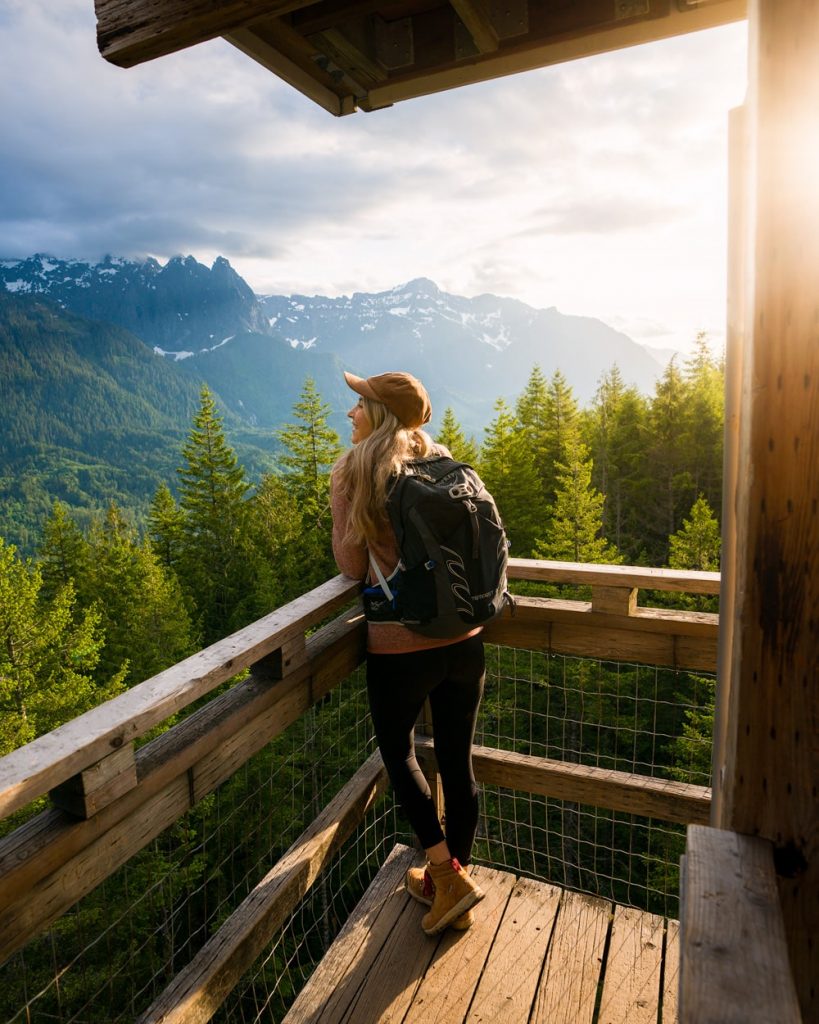
Heybrook Lookout
Heybrook Lookout might be the closest lookout tower to Seattle (a little over an hour drive), and as a result is a great little after-work hike in the summer months. Don’t let the short length of this hike fool you though! There are a couple of sections that are quite steep, so make sure to pack some water and wear comfortable hiking clothes/shoes.
The lookout provides gorgeous views of Mt Index and the surrounding summits, and there is also a picnic table at the bottom if you want to have a snack break. Sunset is a great time to be up at Heybrook Lookout as the light can be really stunning!
Location: Mt Baker Snoqualmie National Forest
Native lands: Coast Salish, Snohomish, Tulalip
Distance: 2.6 miles roundtrip
Elevation gain: 850 feet
Difficulty: Easy – Moderate
Pass/permit: None
Dogs: Yes, leashed
Road access: Paved road, 2×2 friendly
Insider Tip: This is a great trail for year-round hiking, but it’s a good idea to bring microspikes if you’re hiking in the winter or early spring. You can even make reservations online to camp overnight in the Lookout, though they do tend to fill up pretty quickly.
Latest trail conditions and more information
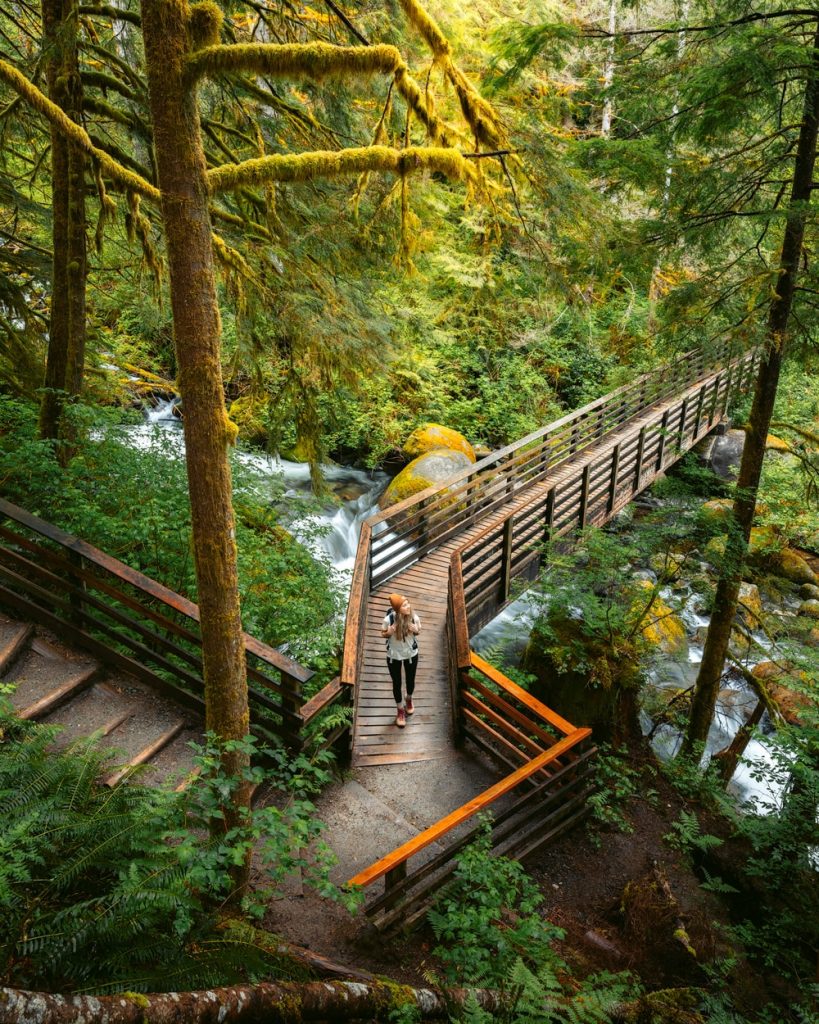
Wallace Falls
With nine falls in total, Wallace Falls is a popular destination for hikers of all experience levels in Washington. The surrounding area, Wallace Falls State Park, has great biking, fishing, swimming, and climbing, so there is definitely something for everyone here! You can easily shorten the 5.6 miles round trip by turning around at the Middle Falls. The best views are at this overlook and the lower falls anyway, with great views of the Skykomish River valley and all the way to the Olympic Mountains on a clear day.
Location: Central Cascades – Wallace Falls State Park
Native lands: Skykomish, Stillaguamish, Tulalip, Coast Salish
Distance: 5.6 miles, roundtrip
Elevation gain: 1300 feet
Difficulty: Moderate
Pass/permit: Discover Pass
Dogs: Yes, leashed
Road access: Paved road, 2×2 friendly
Latest trail conditions and more information
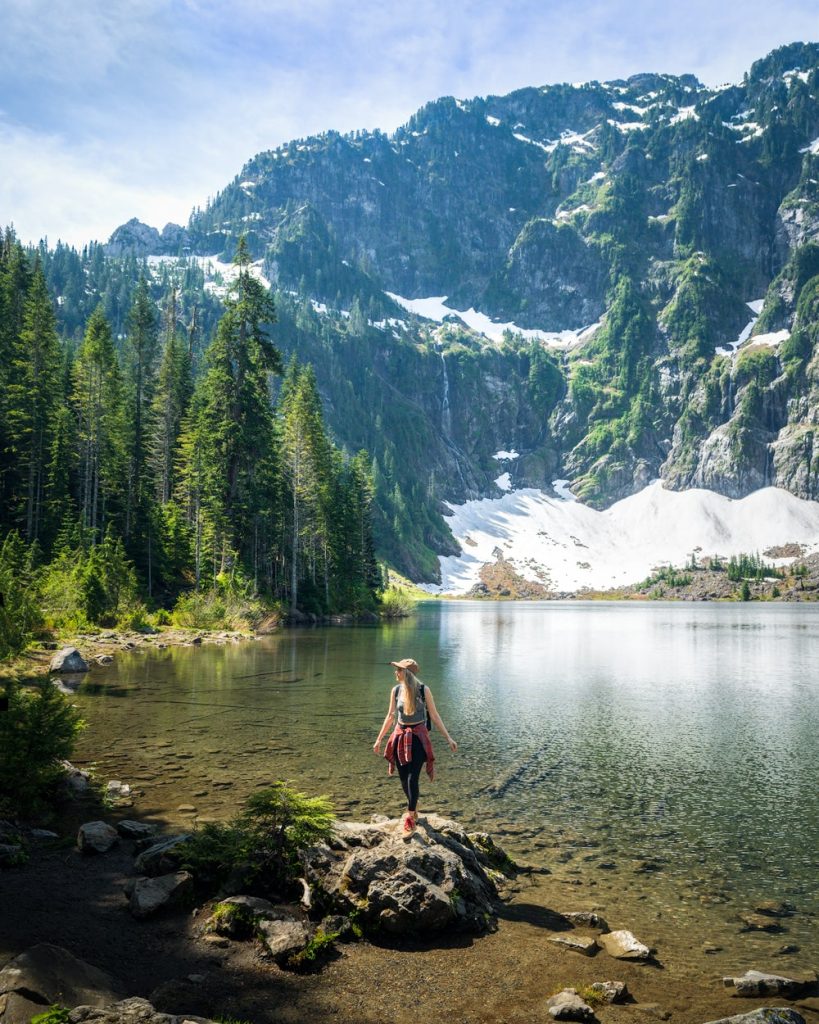
Lake 22
The trail to Lake 22 is a popular trail, just over an hour drive from Seattle off the Mountain Loop Highway. The trail winds through old-growth forests, creeks, and lush rainforests before arriving at a gorgeous alpine lake surrounded by craggy mountain peaks. The snowmelt on the mountains often sets waterfalls cascading down the rock faces, which is pretty incredible to see!
I have personally experienced an avalanche here when hiking with my husband and father on a winter day that we likely should not have been out there. Be very careful if you choose to hike here in the winter, and always check avalanche forecasts beforehand. If you choose to hike or snowshoe in the winter, I strongly recommend taking a free avalanche awareness course.
Location: Mt Baker Snoqualmie National Forest
Native lands: Coast Salish, Tulalip, Stillaguamish
Distance: 5.4 miles roundtrip
Elevation gain: 1350 feet
Difficulty: Moderate
Pass/permit: Northwest Forest Pass
Dogs: Yes, leashed
Road access: Paved road, 2×2 friendly
Insider Tip: This trail gets quite busy and the parking lot will fill up early on summer weekends. Plan accordingly! Heather Lake is a great backup plan in the same area if you arrive to a full parking lot.
Latest trail conditions and more information
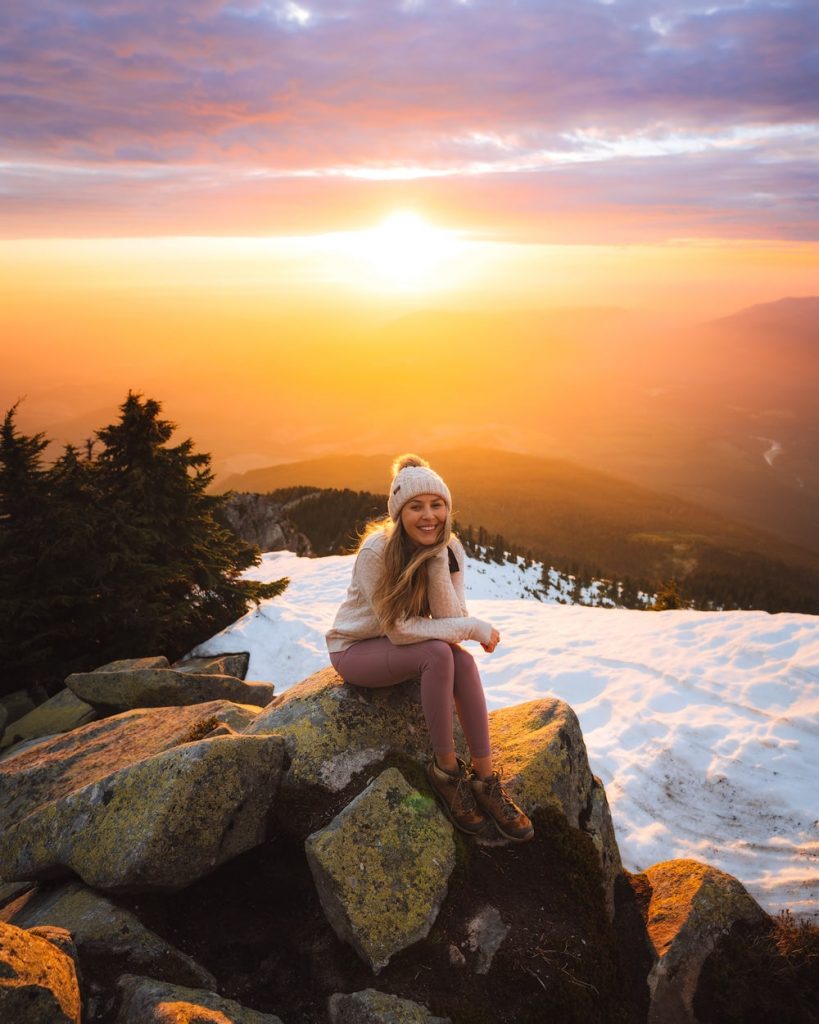
Mount Pilchuck
Mount Pilchuck might be the most popular fire lookout hike in Washington, and having done this a few times I can see why. The 360-degree views of the North Cascades and Glacier Peak are incredible. On a clear day you can even get views of Mount Rainier National Park! This hike covers a decent amount of elevation gain, so I would definitely put it in the moderate – strenuous category, but the panoramic views are absolutely worth the effort.
This hike is best done from July-October when it’s more likely to be snow-free, but it can also be a nice late spring hike with the right equipment for light snow travel. Like many of the other hikes on this list, the parking lot can be quite busy so I suggest getting there first thing so you are not disappointed (or go later in the afternoon).
Location: Mt Baker Snoqualmie National Forest
Native lands: Coast Salish, Snohomish, Tulalip
Distance: 5.4 miles roundtrip
Elevation gain: 2300 feet
Difficulty: Moderate – Strenuous
Pass/permit: Northwest Forest Pass
Dogs: Yes, leashed
Road access: Paved road most of the way, 2×2 friendly
Insider Tip: It can get very crowded up at the lookout, so I suggest getting to the trailhead early. If it’s already busy, there are loads of rocks and small viewpoints you can walk to once you’re up top to enjoy more solitude.
Latest trail conditions and more information
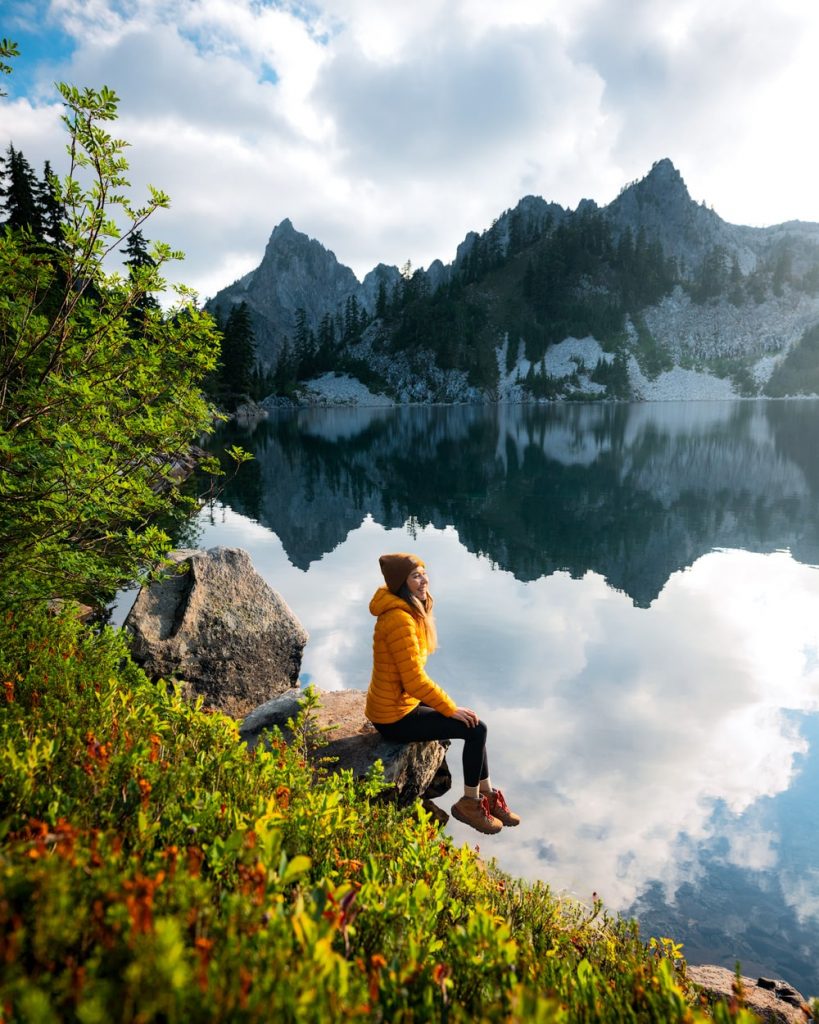
Snow Lake and Gem Lake
In my opinion, the Snow Lake and Gem Lake hike is the BEST hike in Seattle. The Snow Lake trailhead leaves from the Alpental ski area parking and it’s a popular day hike since it’s a pretty easy drive (about 1 hour) from Seattle. With incredible views of the towering peaks surrounding the lake, it’s easy to understand why people flock to this trail! The climb is relatively mellow, never becoming unbearably steep. It’s worth continuing on to Gem Lake where you might find a little more solitude from the crowds. This is often considered the best and most popular hike in the Alpine Lakes Wilderness, so you know it’s worth it!
Location: Mt Baker Snoqualmie National Forest
Native lands: Coast Salish, Tulalip, Snoqualmie
Distance: 11 miles roundtrip
Elevation gain: 2670 feet
Difficulty: Strenuous
Pass/permit: Northwest Forest Pass
Dogs: Yes, leashed
Road access: Paved road, 2×2 friendly
Latest trail conditions and more information
Insider Tip: This is a great spot to start out backpacking. I took my very first solo backpacking trip here, and it was the perfect hike for it! Pack a swimsuit if you dare to jump in the lakes. The water is ICY cold but nothing beats jumping into an alpine lake on a hot summer day.
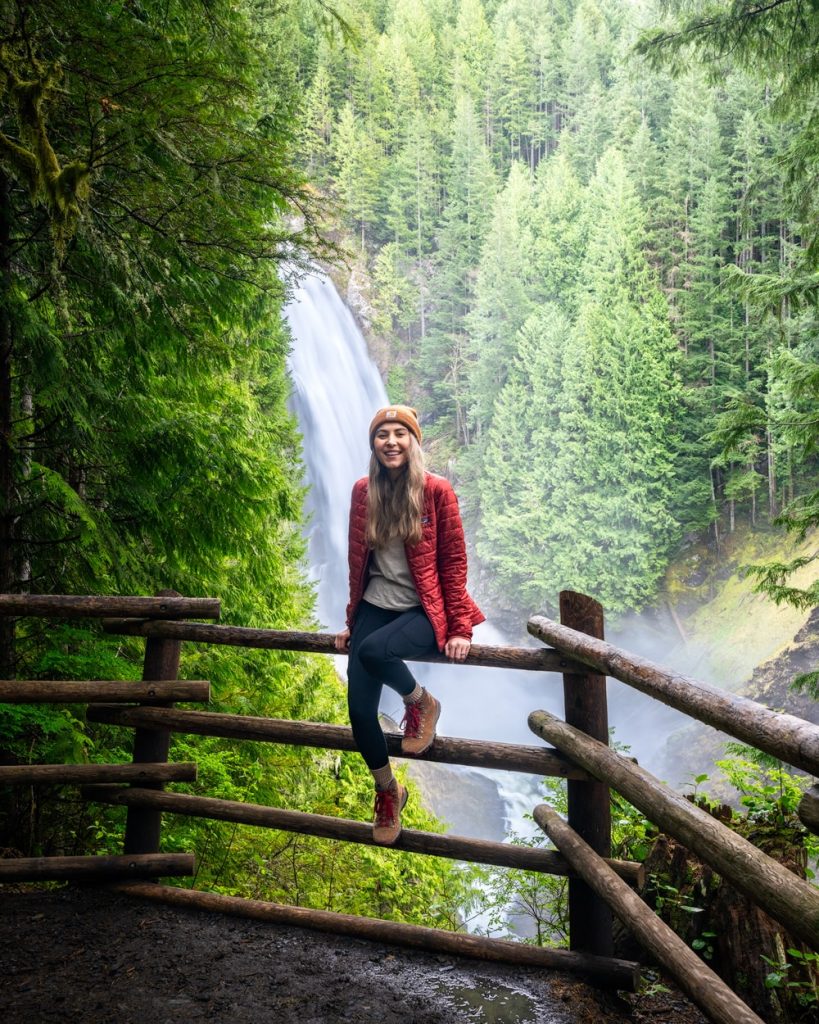
What to wear hiking Near Seattle
It can be confusing to know what to wear hiking! The key considerations are comfort and safety but keep in mind that this can look a little different for everyone. Here are my top recommendations for what to wear hiking near Seattle. Keep in mind that these are 3 season recommendations, not winter. Check out this winter specific post if you plan to take some winter hiking adventures.
Hiking Shoes
Hiking shoes are very person-specific. Some people love wearing trail runners and others prefer boots. Some people prefer heavier waterproof boots and others prefer lighter options. When hiking near Seattle I usually opt for a waterproof boot with ankle support, but something that isn’t too heavy, like the Danner Adrika Hiker Boot or the Salomon X Ultra Mid 3 GTX Hiking Boots. Once the trails become dryer I sometimes opt for a pair of trail runners like the La Sportiva Bushido II Trail Runner.
Hiking Socks
Don’t overlook the importance of having socks that fit correctly and are comfortable to wear for a long time. Over the years I have found that merino wool socks from Darn Tough and Smartwool are the most durable, least smelly, and most comfortable for hiking. Injinji Liner Socks are a great way to help keep your feet dry and prevent pesky blisters!
Hiking Bottoms
What you wear for bottoms is a personal preference. If you’re a pant kind of person then I would suggest the Outdoor Research Ferrosi Pant or something similar. Another option is wearing convertible pants that you can easily switch to shorts, such as the Outdoor Research Ferrosi Convertible Pant. If you prefer leggings then I would suggest the Mountain Hardwear Mountain Stretch Tight (with side pockets!) If you’re more of a shorts person then I recommend the Backcountry Olympus Lightweight Short for an athletic style short, or the Patagonia Quandary 5in Short for a more traditional fit. I personally prefer to keep my legs covered with pants to protect from sunburn, ticks, mosquitoes, and scratches.
Hiking Shirt
For hiking shirts you can either go with short sleeve, long sleeve, or a tank option. For cooler hikes or those where I am worried about sunburn I will usually opt for longer sleeves and wear something like the Smartwool Merino Long Sleeve Shirt. Lightweight sun shirts, like the Backcountry Tahoe 2 Sun Hoodie, are really popular in Washington for hikes that you will be above treeline with no shade for extended periods of time. Otherwise you will usually find me in one of the Icebreaker Sphere Lite SS Low Crewe Shirts. Natural fibers like merino wool are my go-to for hiking tops due to the odor-reducing properties and overall comfort.
Hat
I recommend you wear some kind of hat on the trail to protect you from the sun, especially during the warmer months of July and August. Some popular options are caps such as the Patagonia P-6 Label Trad Cap or wider hats such as the Outdoor Research Wadi Rum Brim Hat. A lightweight neck gaiter is another great option to keep the sun off your neck. You can use the Outdoor Research Echo Ubertube Neck Gaiter as a headband to keep your hair out of your face, and even dunk it in water to cool you down on the extra hot days.
sunglasses
Having sunglasses makes hiking a LOT more enjoyable on a sunny day (or when it’s overcast with a lot of glare). In addition, polarized sunglasses will cut the reflections and glare on those beautiful lakes you are looking at (bonus!) My go-to sunglasses brands are Sunski, SMITH, and American Optical.
trekking poles
Not everyone enjoys using trekking poles but I personally find them helpful for Washington hikes with considerable elevation gain, or if the terrain is unsteady. My go-to poles are the Black Diamond Alpine Carbon Trekking Poles as they are lightweight and comfortable to use. Some more affordable option are the Black Diamond Trail Trekking Poles and the Black Diamond Trail Sport 2 Trekking Poles.
What to pack for day hikes
Now that you’re sorted on what to wear hiking in Washington, you probably want to know what to pack! Below I have listed some recommended items. In terms of what gear is absolutely essential for survival versus “nice to have”. I would first make sure you have the 10 essentials: navigation, sun protection, insulation, headlamp, first aid supplies, fire starter, shelter, repair kit, food, and water.
backpack
You could technically hike without a daypack, but it might be challenging to carry your drink bottle, layers snacks, etc. without a small space to store them. I would recommend you use a backpack that you already have at home or invest in one that is made for hiking. Key features include adjustable straps, waist belt/strap, chest strap, and somewhere to easily access your water bottle or water bladder. I swear by my Osprey Tempest 20L Daypack (comes in 9L, 24L, 34L, 40L, and a 6L lumbar pack for trail runners). Another good option is the Topo Designs Rover 20L Pack, or sometimes I opt to use my camera bag if it’s a short hike (the Peak Design Everyday 20L Camera Backpack).
warm layers
You will want to pack some sort of insulation layer in case it gets cold, even if it seems like a sunny day! The weather can change very fast in the mountains near Seattle. A nice breathable mid-layer I love is the Patagonia R1 Fleece and I will even hike in this on cooler days. Another one of my favorites is the Patagonia Better Sweater 1/4-Zip Fleece, but keep in mind that it is heavier and also warmer than the R1.
For an additional warm layer, I would suggest something like the Backcountry Synthetic Insulated Jacket or the Patagonia Down Sweater for extra warmth in a really lightweight jacket. I also really love wearing a Patagonia Nano Puff Vest hiking because it regulates your core temperature without overheating or adding bulky layers to your extremities.
rain & wind protection
I rarely go hiking near Seattle without bringing a rain jacket. You just never know when the weather will turn! My go-to is the Marmot PreCip Eco Jacket. It’s really lightweight and will keep you dry in a downpour. I also usually pack a lightweight wind jacket. This is completely optional but I find these are often the perfect thing to throw over a t-shirt when there is wind chill but it’s too hot for a fleece. Plus they stop mosquitoes from biting you! Over the years I have owned the Patagonia Houdini Jacket, and the Backcountry Mad Creek Jacket and they both do a brilliant job.
water bottle
A water bottle or hydration bladder is an absolute must when hiking! Dehydration can be a killer so it’s not something to skimp on. I personally haven’t had a great experience using hydration bladders so I stick with my trusted Hydroflask bottles which keep your water nice and cold.
snacks
Hiking snacks are a personal preference and the amount you pack will depend on the length and difficulty of trail. I will typically pack some granola bars, protein bars, energy chews, homemade trail mix, gummy worms, nut butter sachets, waffles, or dark chocolate. If I want something more substantial I will pack a bagel or fresh bread and cheese.
navigation
Another one of the “10 Essentials” is a means of navigation. A great starting place is purchasing or printing a topographic map for the area you will be hiking (keep it inside a waterproof sleeve). It’s also a great idea to bring along a compass and have some basic skills to use it. In addition, it’s a good idea to save some offline maps to your phone. For instance, I use Gaia GPS to save offline maps for hiking and backcountry trips.
emergency device
This isn’t a “must have” but more a piece-of-mind item that is good to have if you can afford it. Emergency devices essentially provide a means to call for help if you find yourself in a precarious situation. You may be taking local trips where you have phone service, but if not it might be worth investing in a device that has an SOS feature and tracker, like the Garmin InReach Mini or SPOT Gen4 Satellite GPS Messenger. My husband and I didn’t make this purchase for quite some time after we got into hiking and backcountry camping, but it now gives us peace of mind on longer treks and more risky hikes.
first aid kit
I typically take a small, lightweight first aid kit on hiking trips. You just never know when it will come in handy for yourself or your hiking partner. I really like the kits made by Adventure Medical Kits as they are ultralight and waterproof. I always throw in a couple of extra blister-pads too, just in case!
bug & Sun protection
Depending on where you are hiking, it’s probably a good idea to take some bug spray with you. Clothing is often the best protection against both bugs and sun, but even long sleeves and pants don’t always deter the peskiest mosquitos. I sometimes spray my clothes with mosquito deterring solution for longer trips. I also nearly always take a bug headnet with me. Sunscreen is a must, especially on hot summer days that you might be hiking above treeline!
Gloves & Beanie
Even during Washington’s summer months I will often pack a pair of lightweight gloves and a beanie. Especially if I am going on an early morning or late afternoon hike. The weather can change very fast in the mountains and I personally get cold easily, so it’s worth the extra weight for me to be comfy. Do what suits you! The North Face and Icebreaker both make a range of good glove choices. But for beanies I usually opt for my Pendleton Cable Hat.
Extra items
If you plan to stay out for sunset or will be hiking up pre-sunrise, then I would highly suggest packing a headlamp. My go-to is the Petzl Actik Core Headlamp. Some extra “just in case” items you may consider bringing along are an emergency blanket, means to start a fire, a knife or multi-tool, and a whistle.
What are your Best hikes near seattle?
These are just a few of my can’t-miss recommendations for the best hikes near Seattle. I’d love to hear what hikes are your favorites in Washington state, close to Seattle! Washington has such diverse landscapes, from craggy mountain bluffs to alpine meadows full of wildflowers, it’s hard to go wrong with any of these hikes. Hiking in the Pacific Northwest is so incredible, and I feel so lucky to live nearby these amazing trails.
PIN for Later!
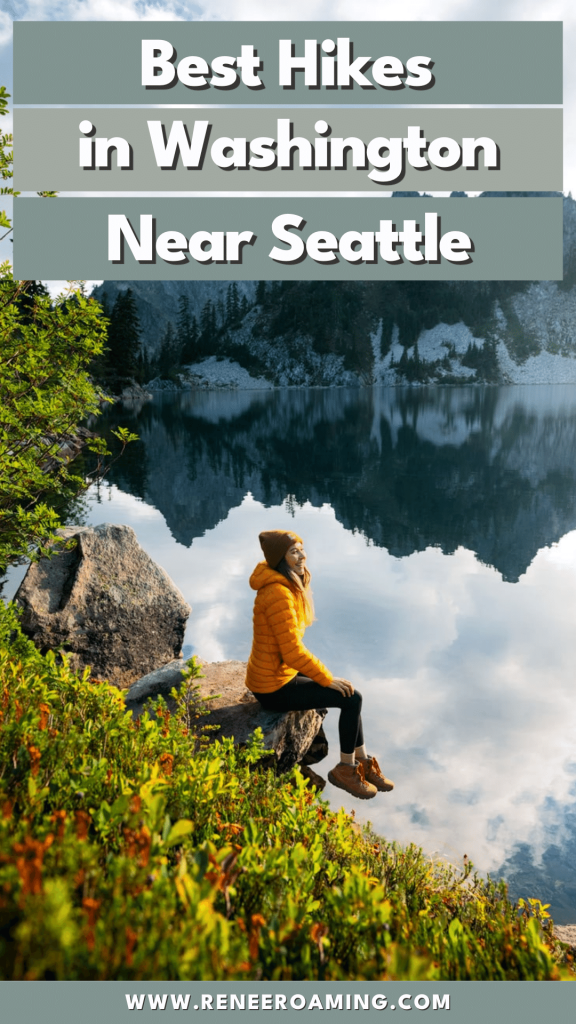
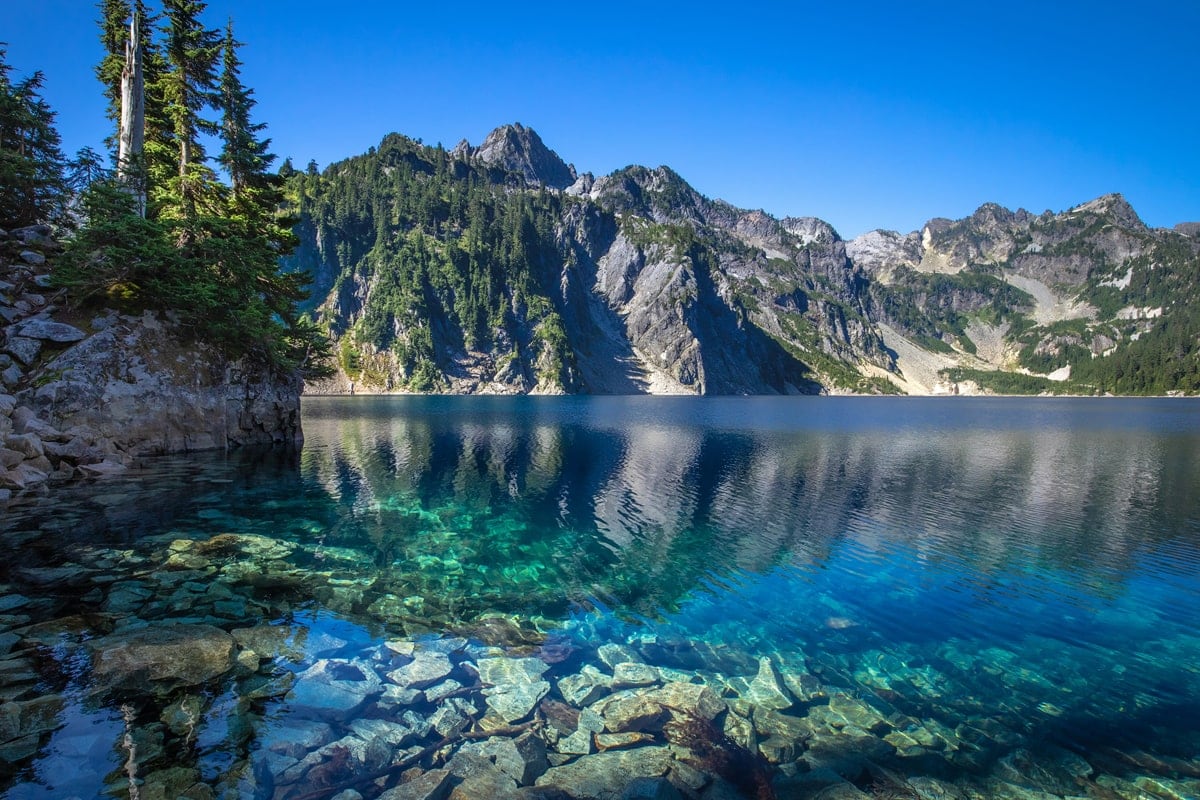
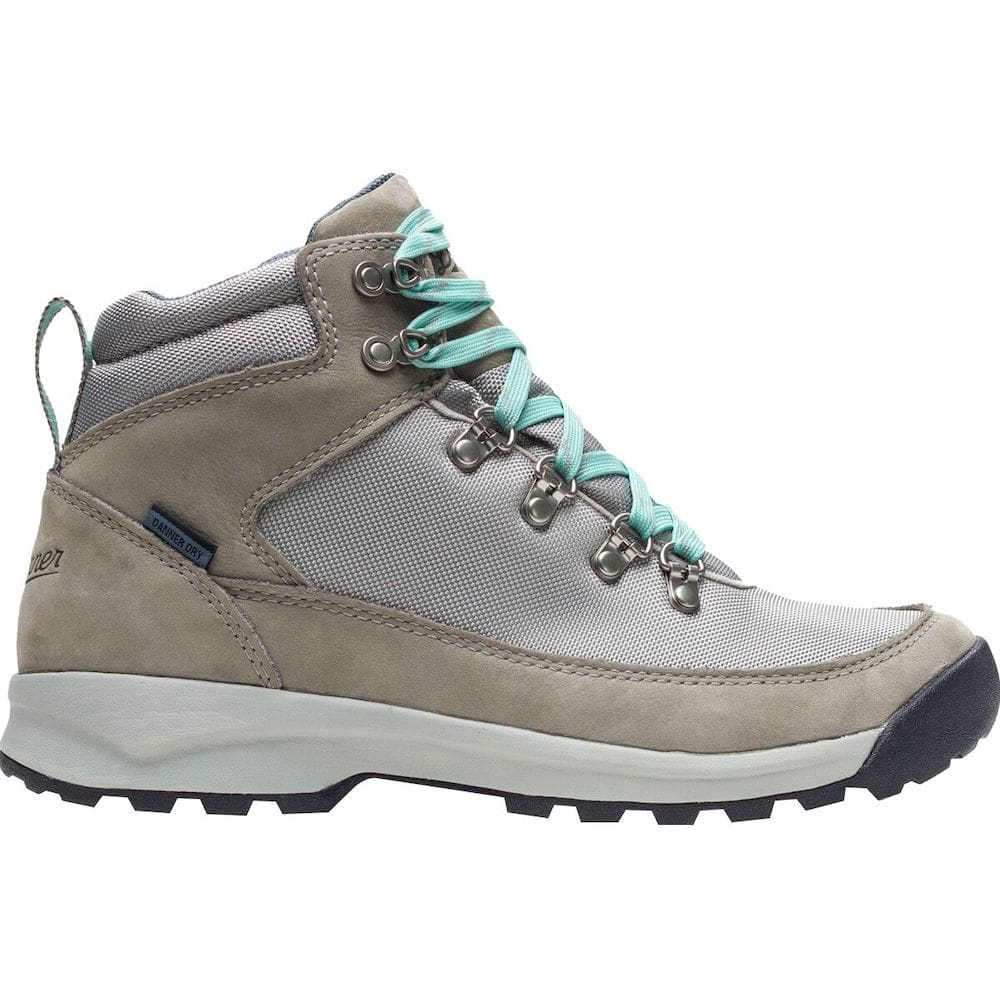
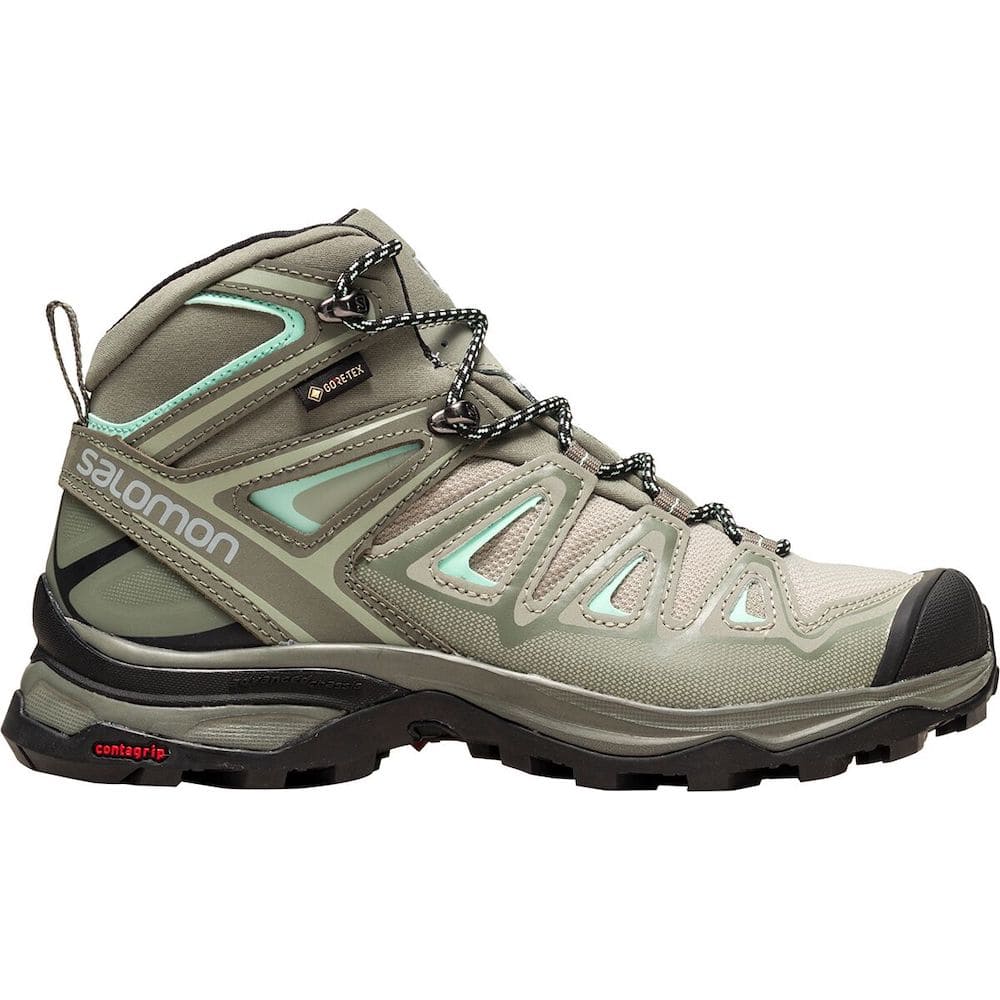
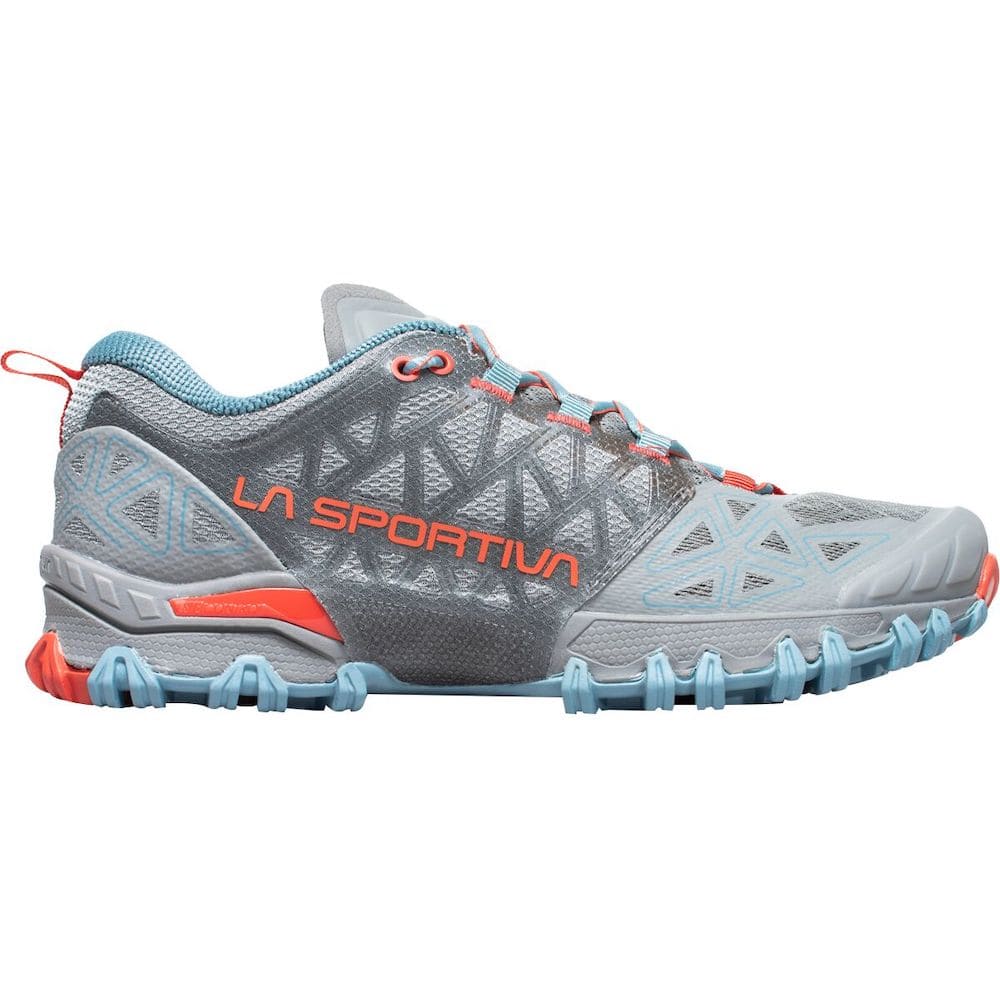
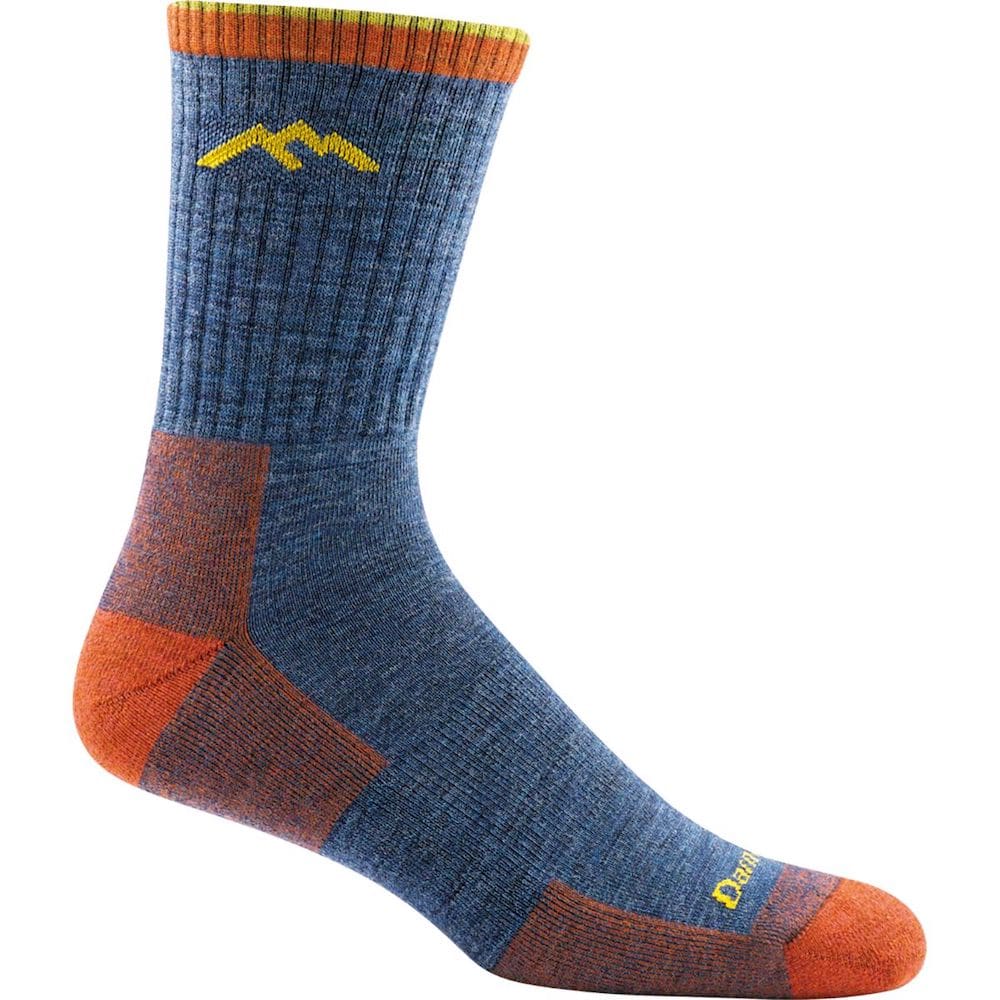
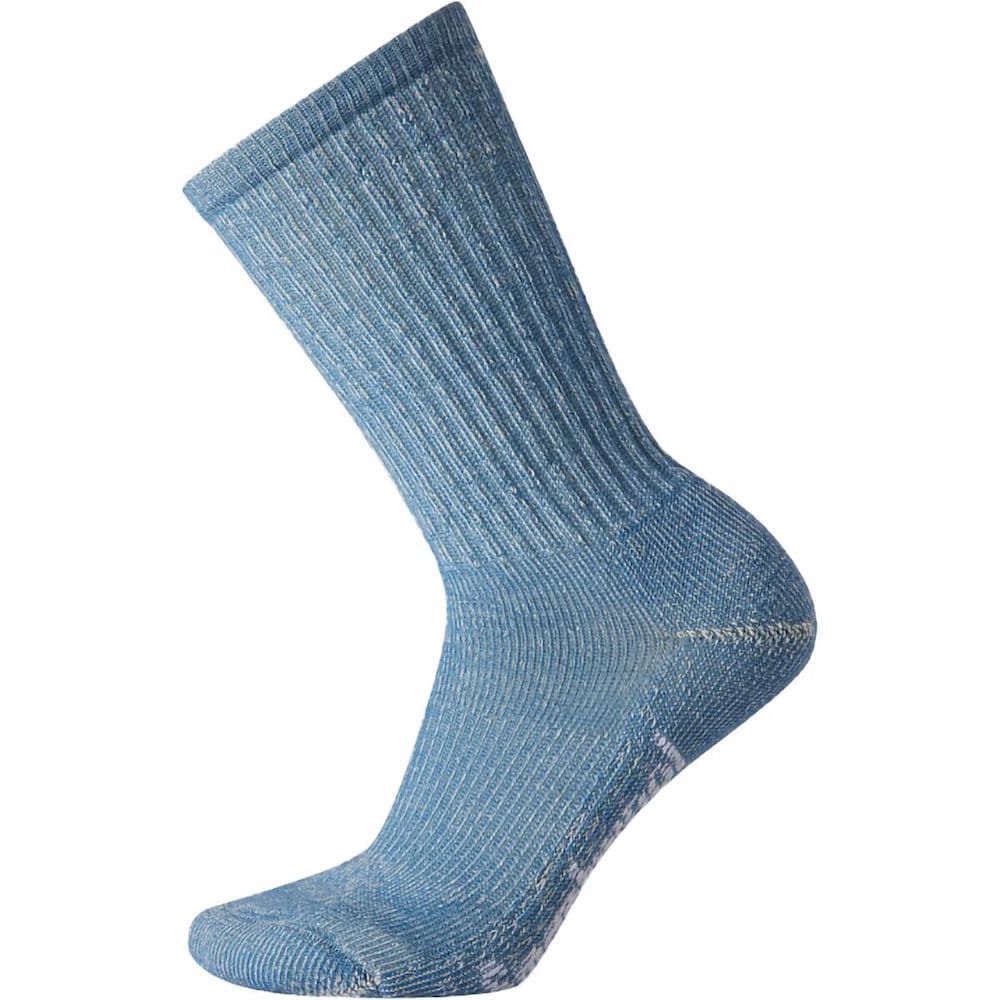
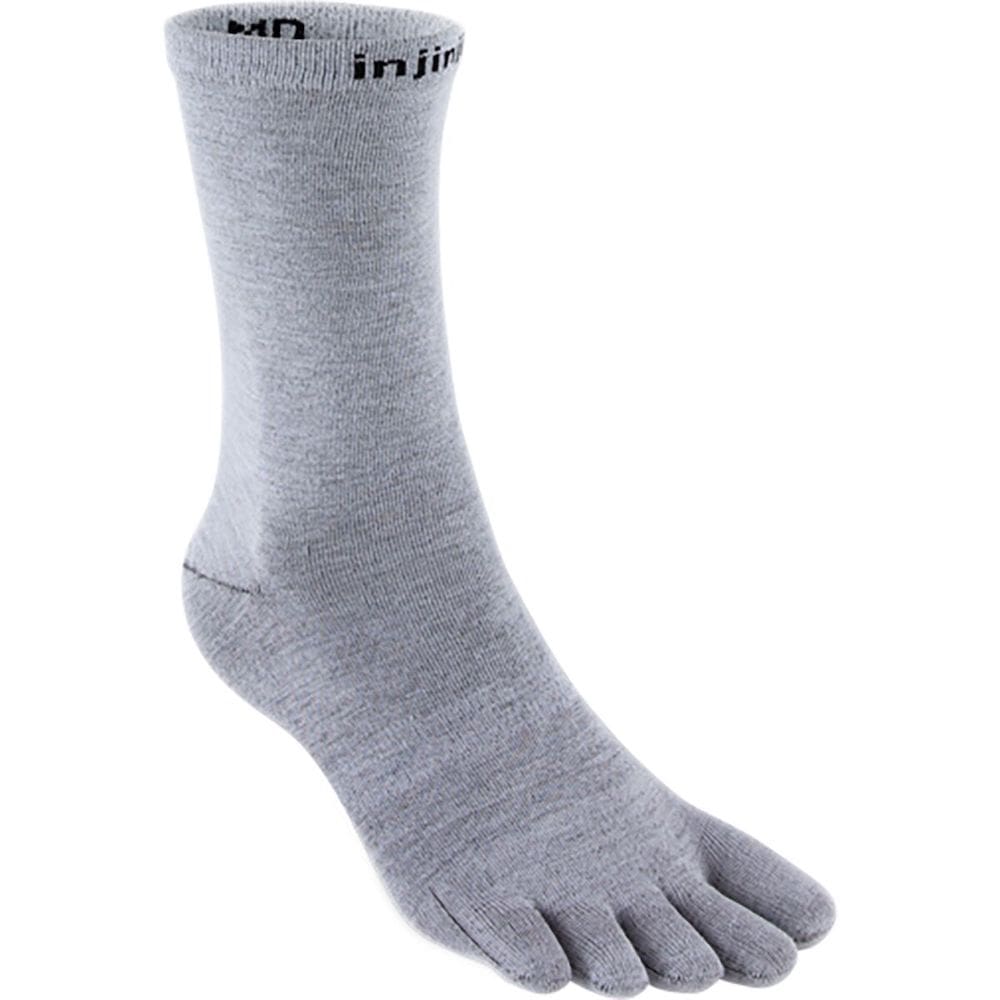
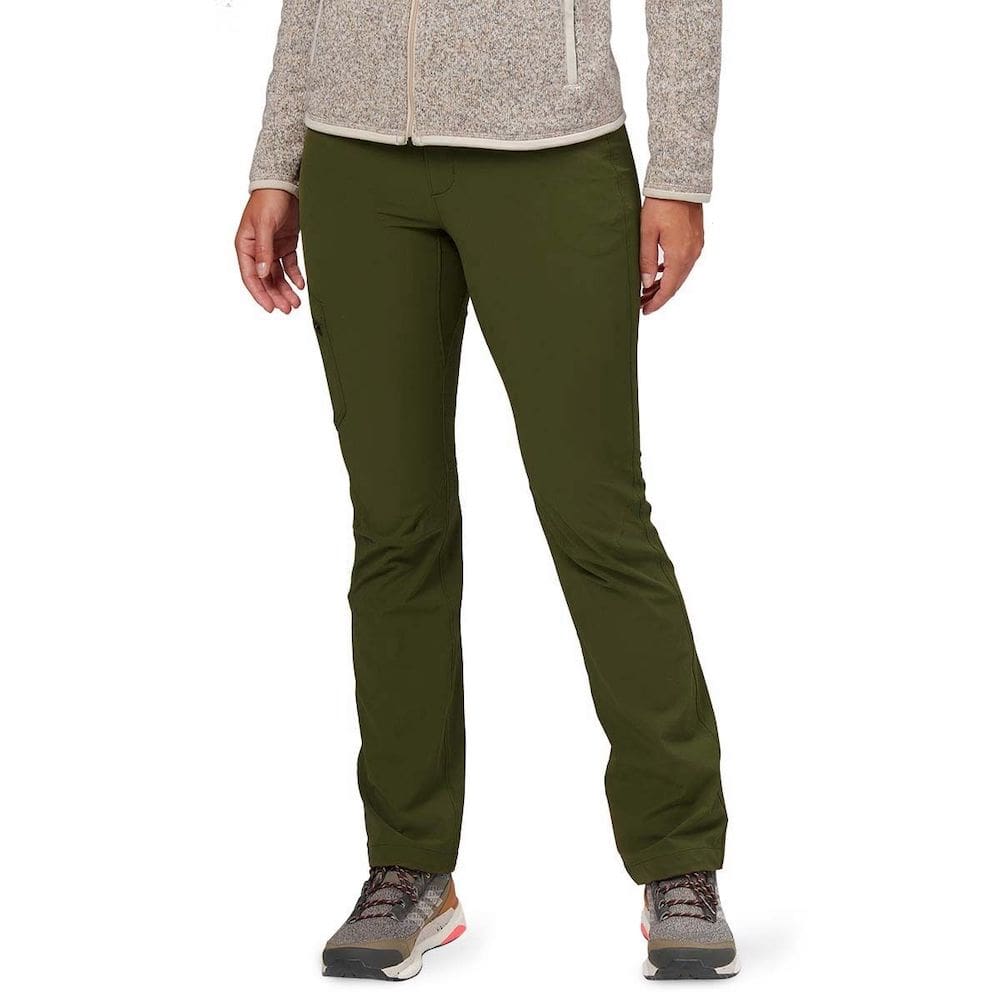
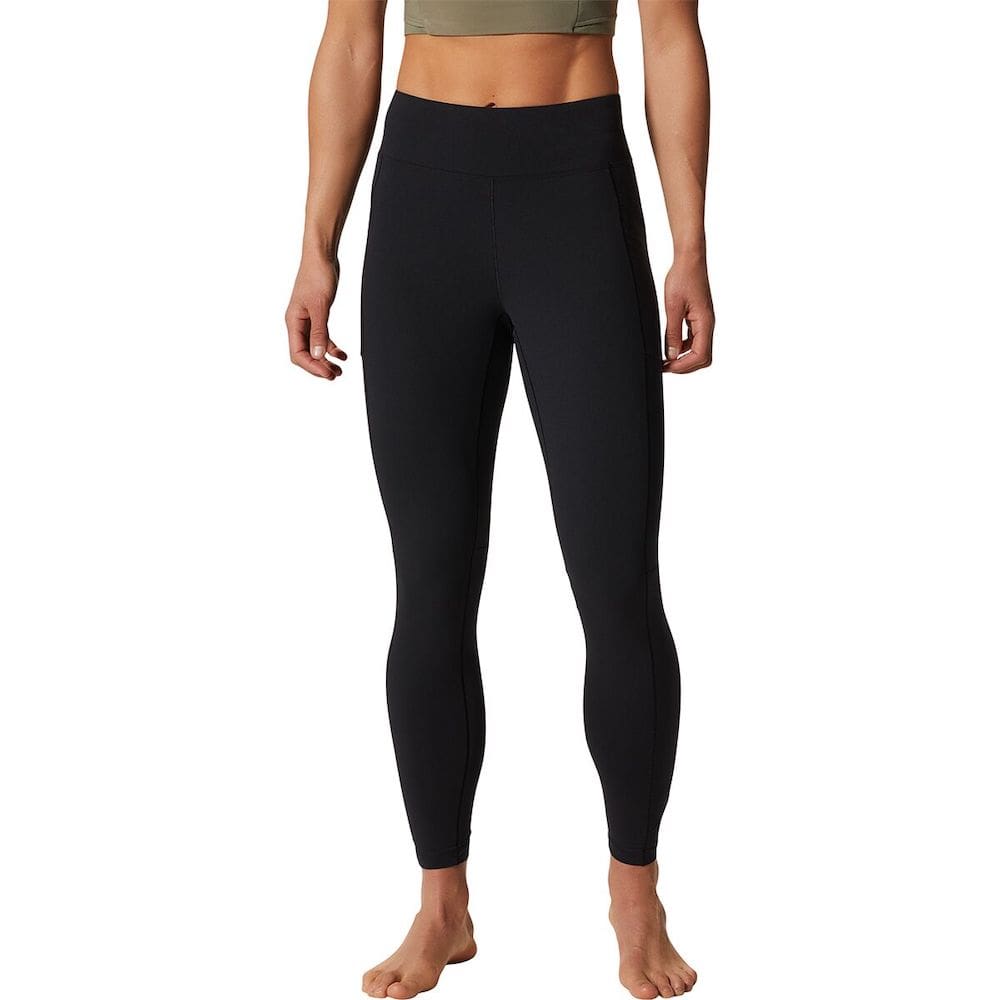
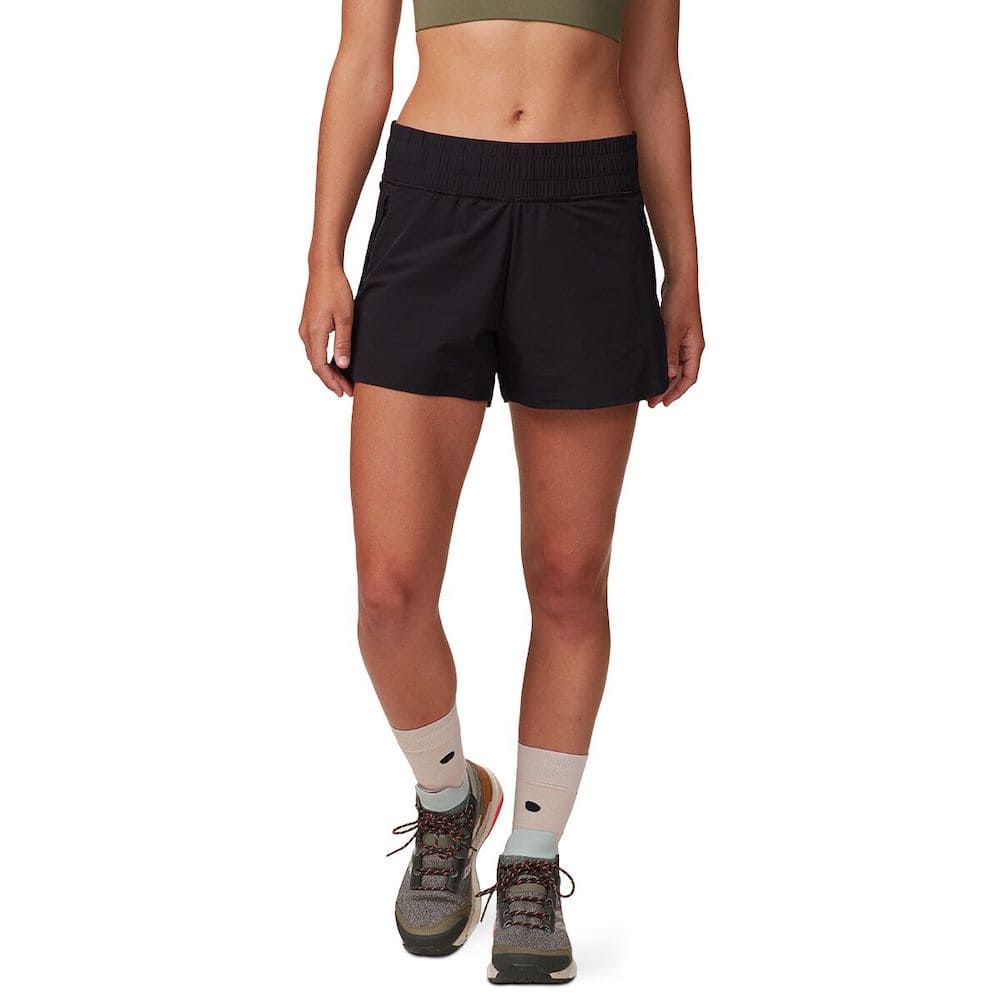
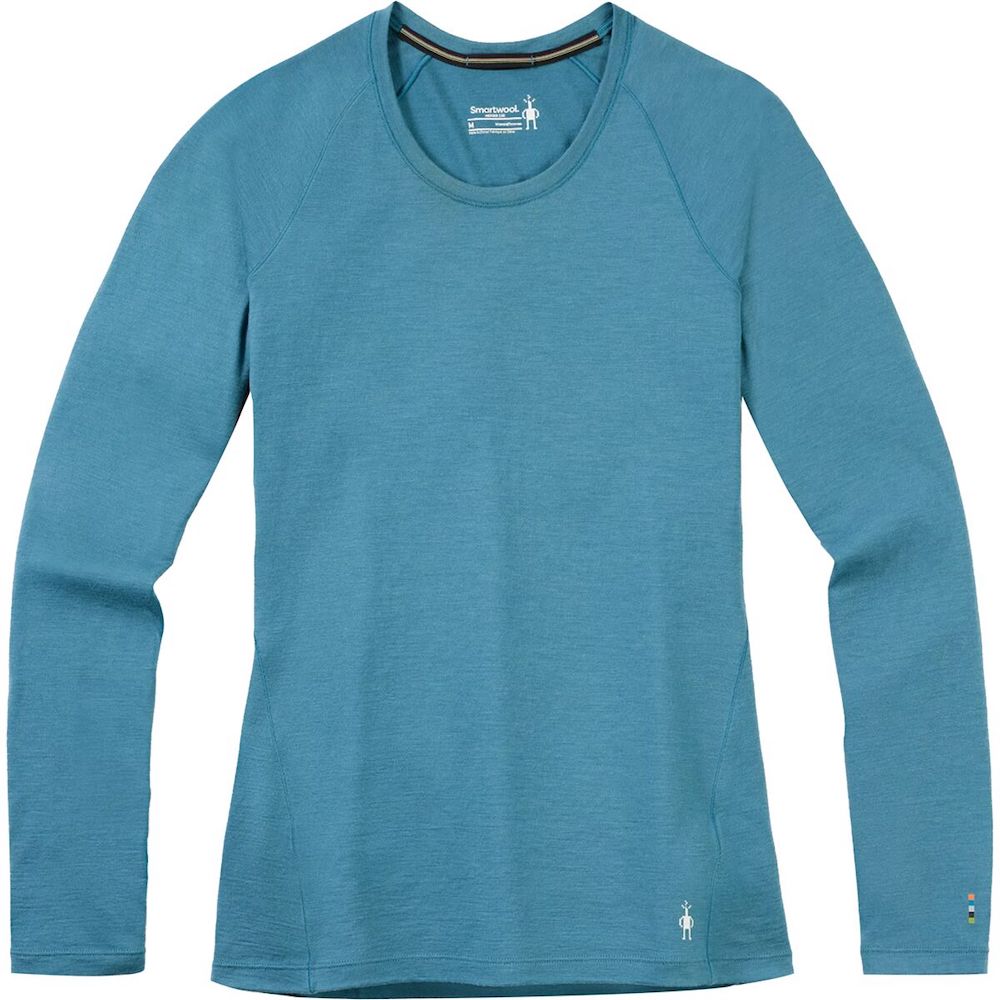
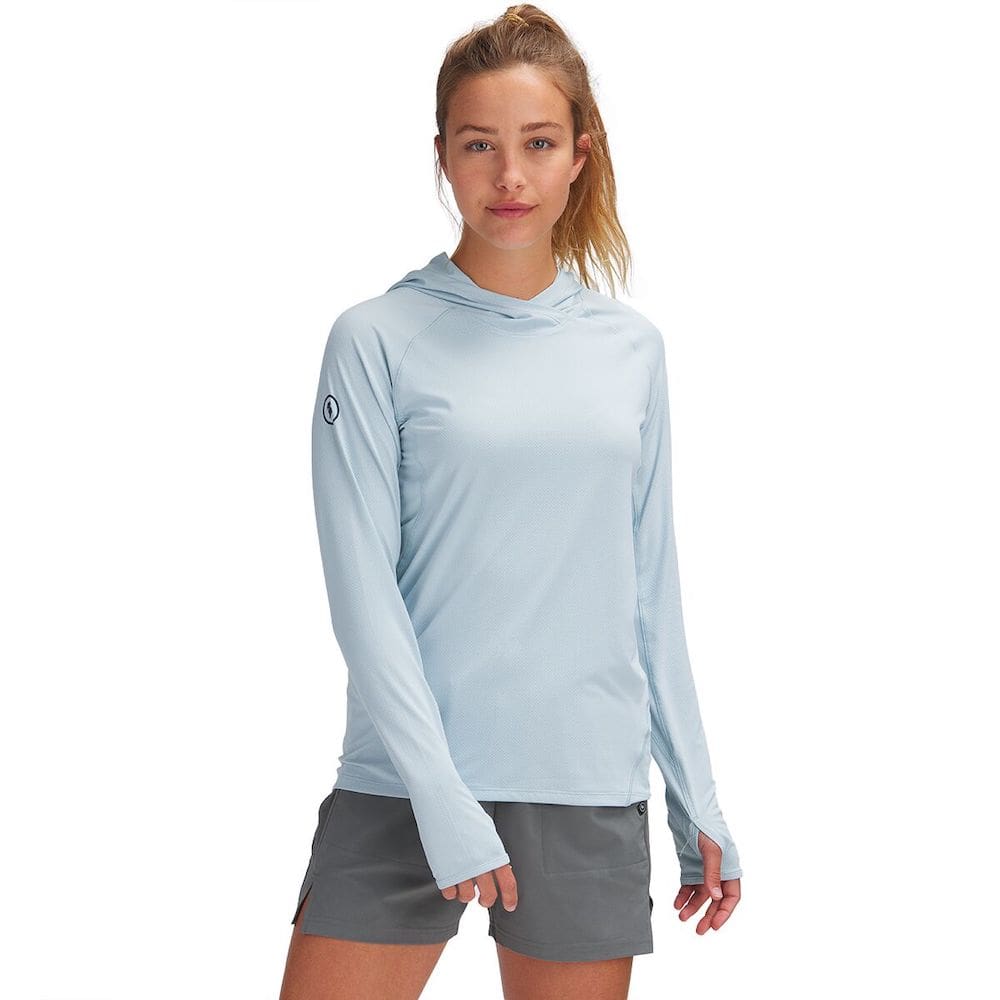
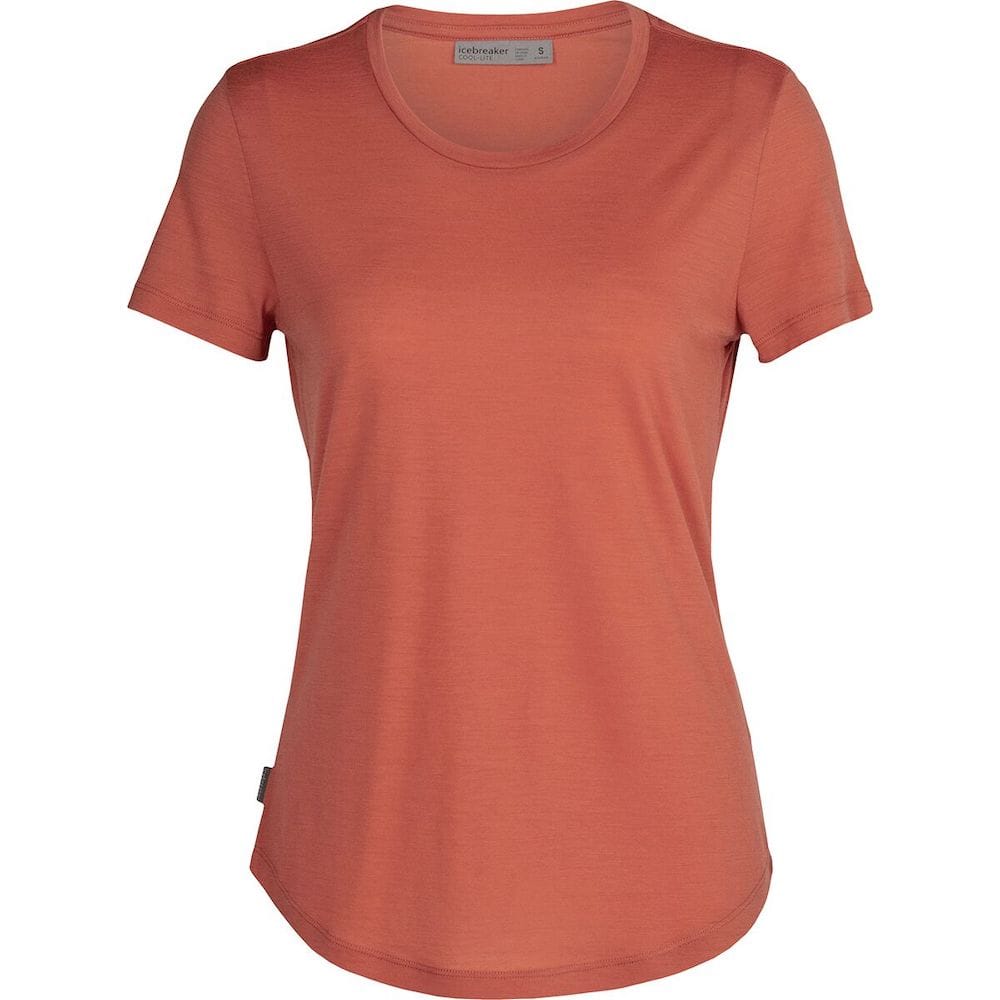
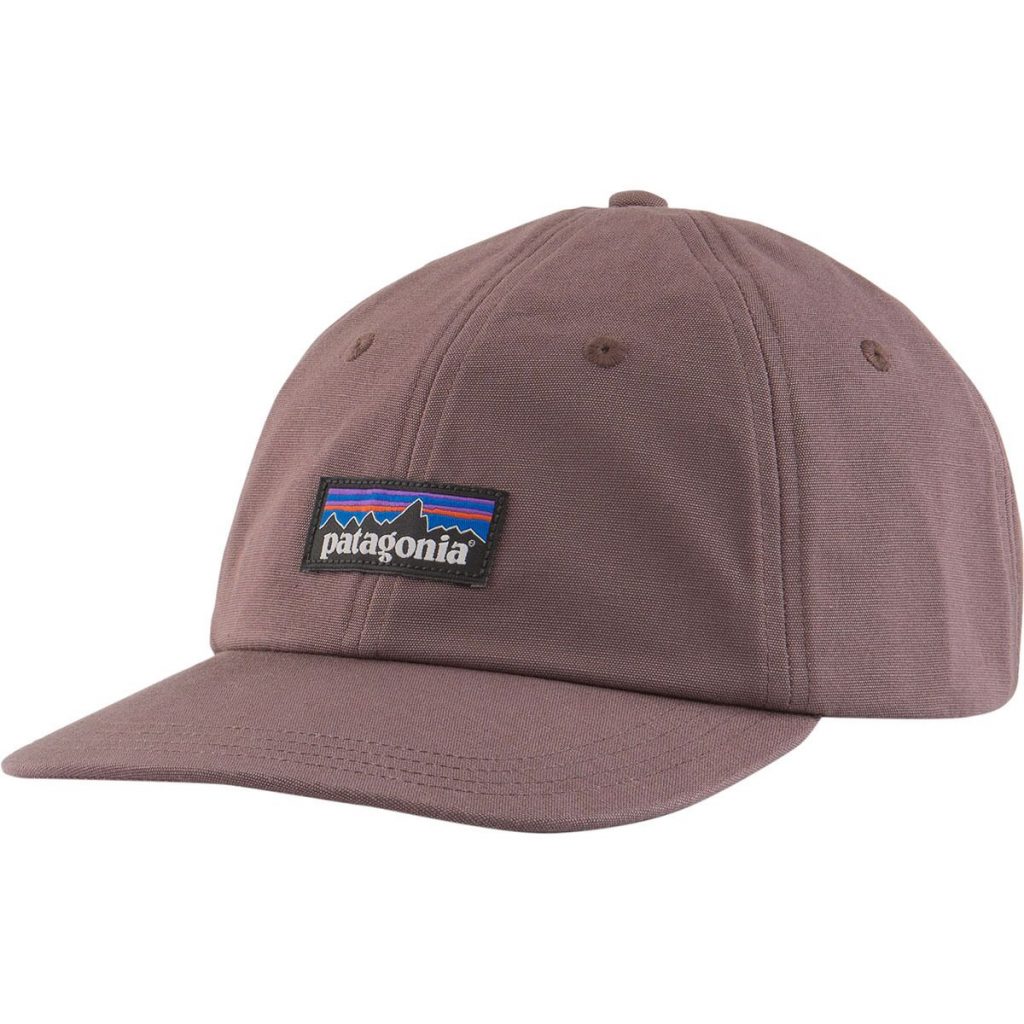
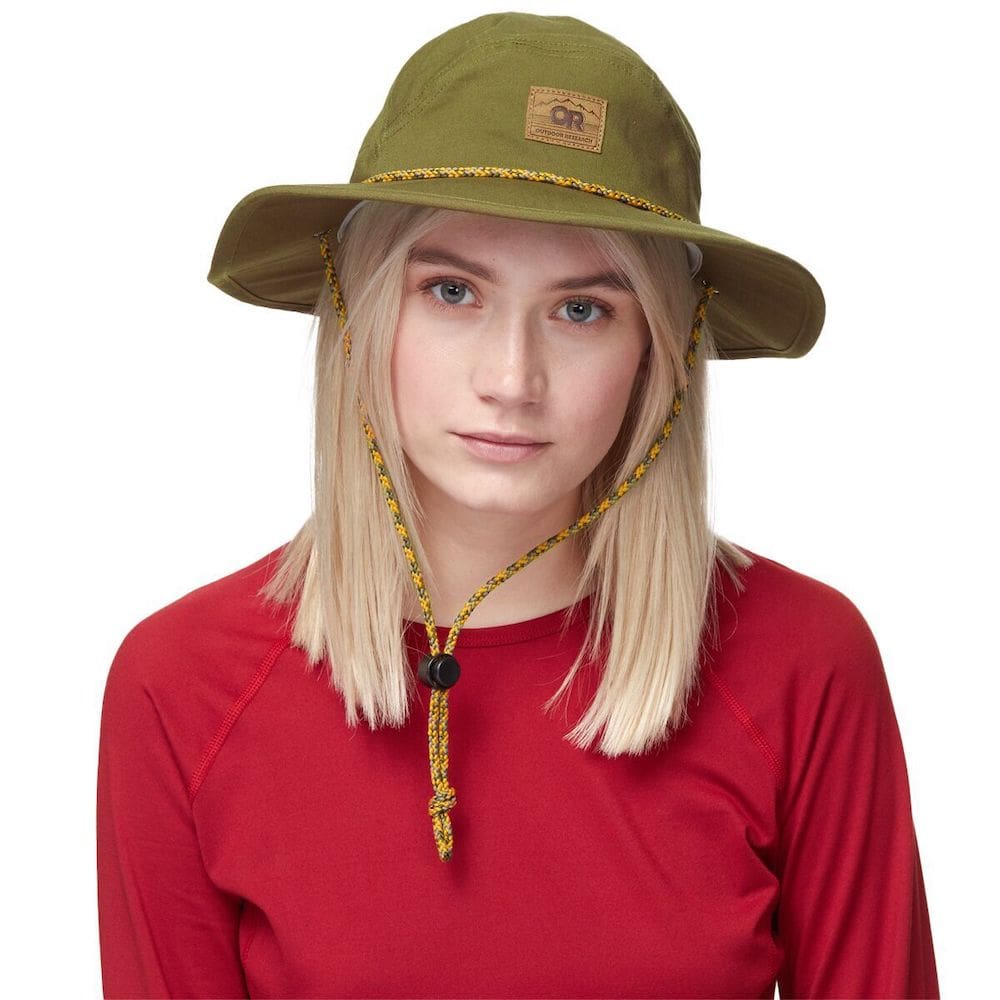
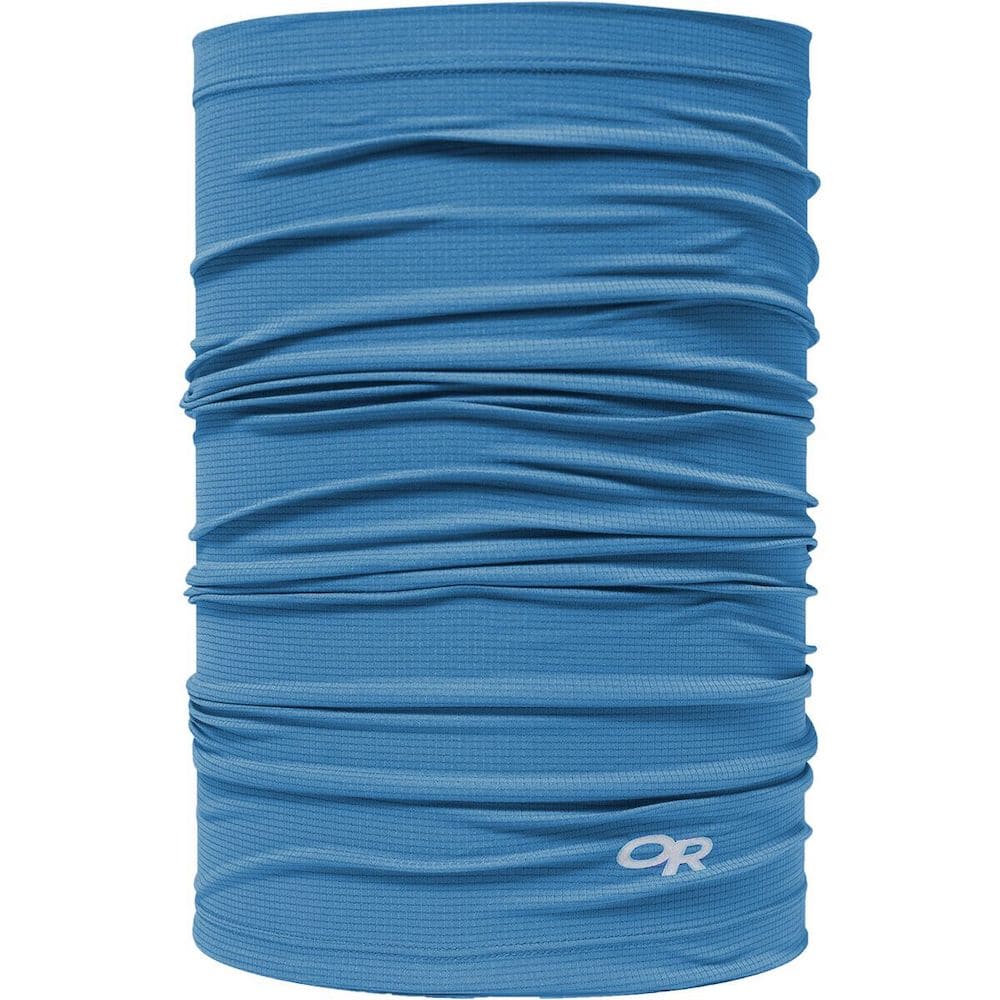
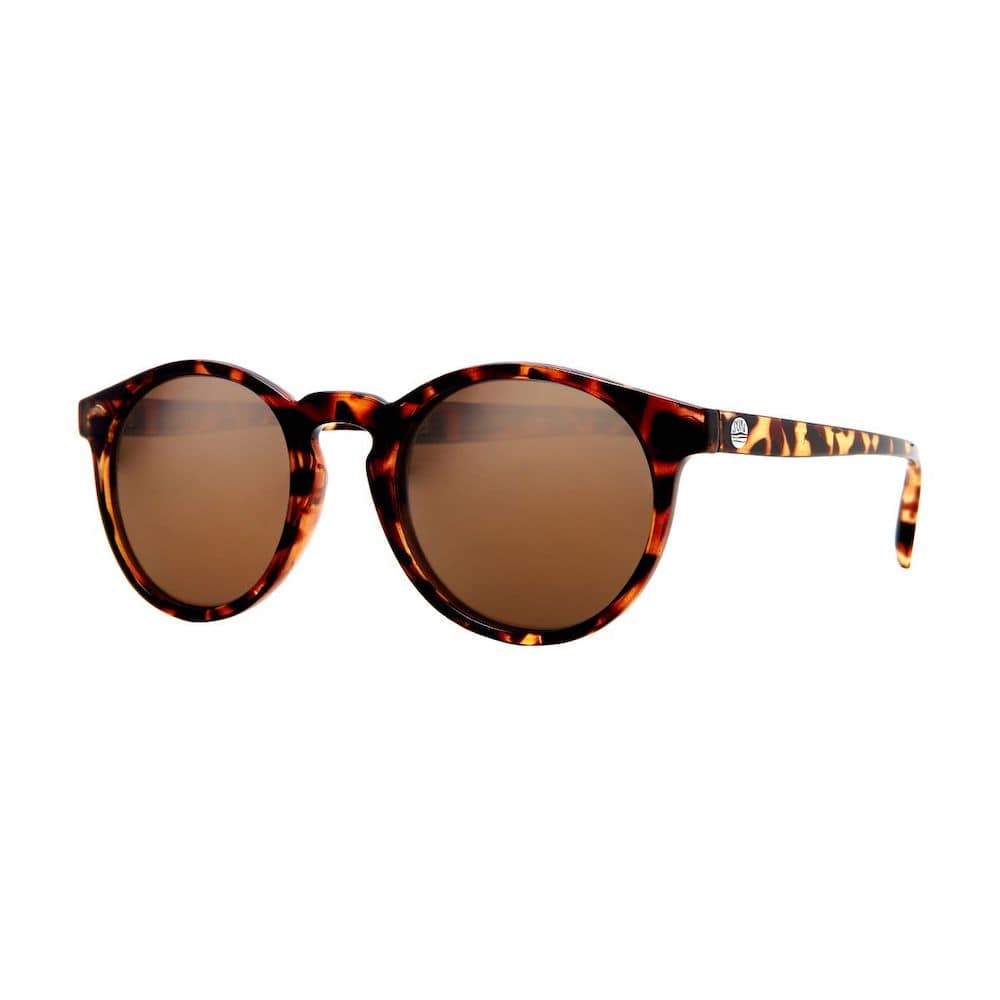
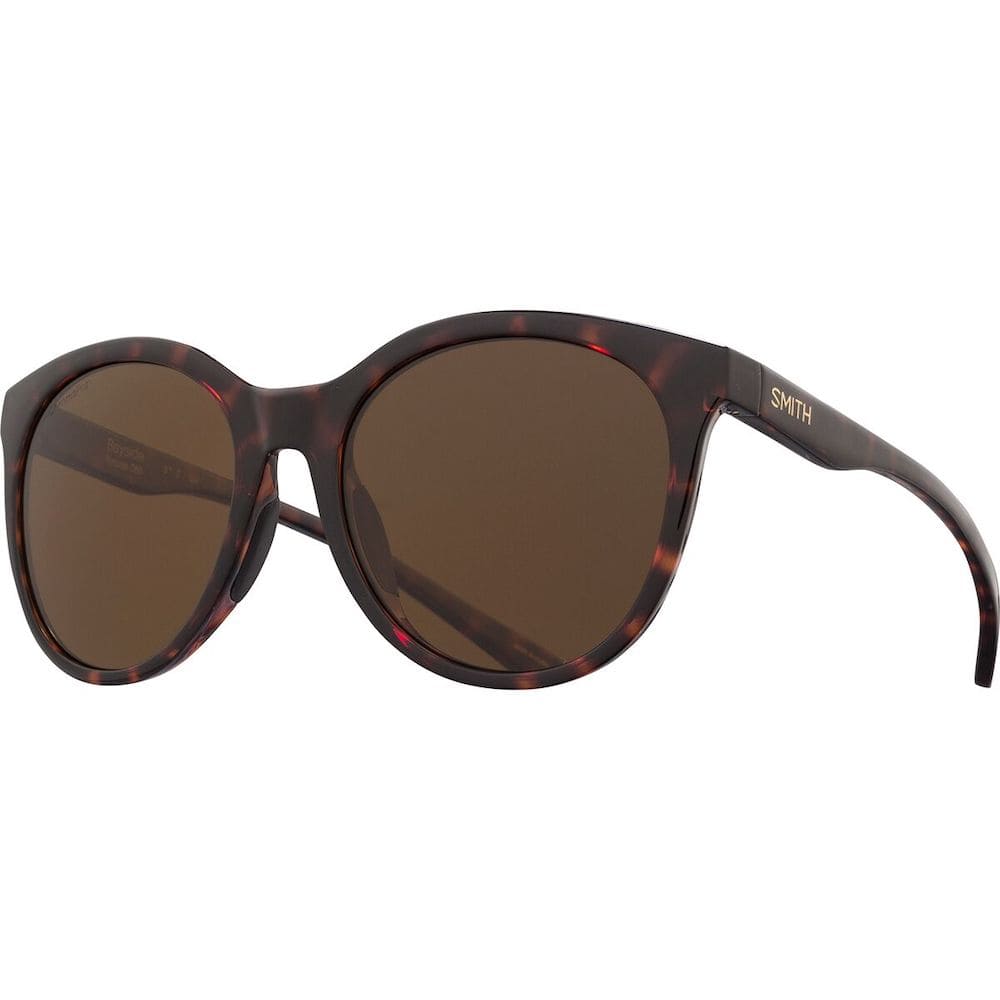
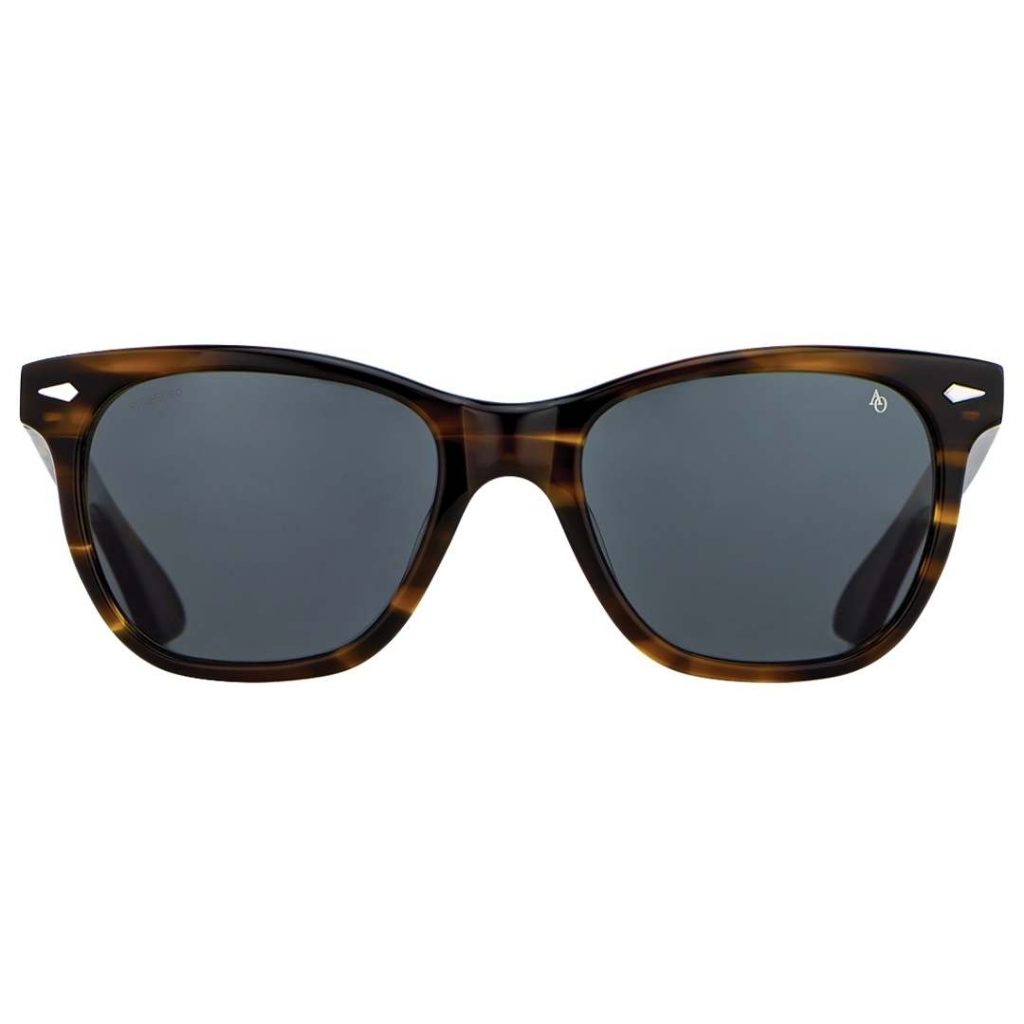
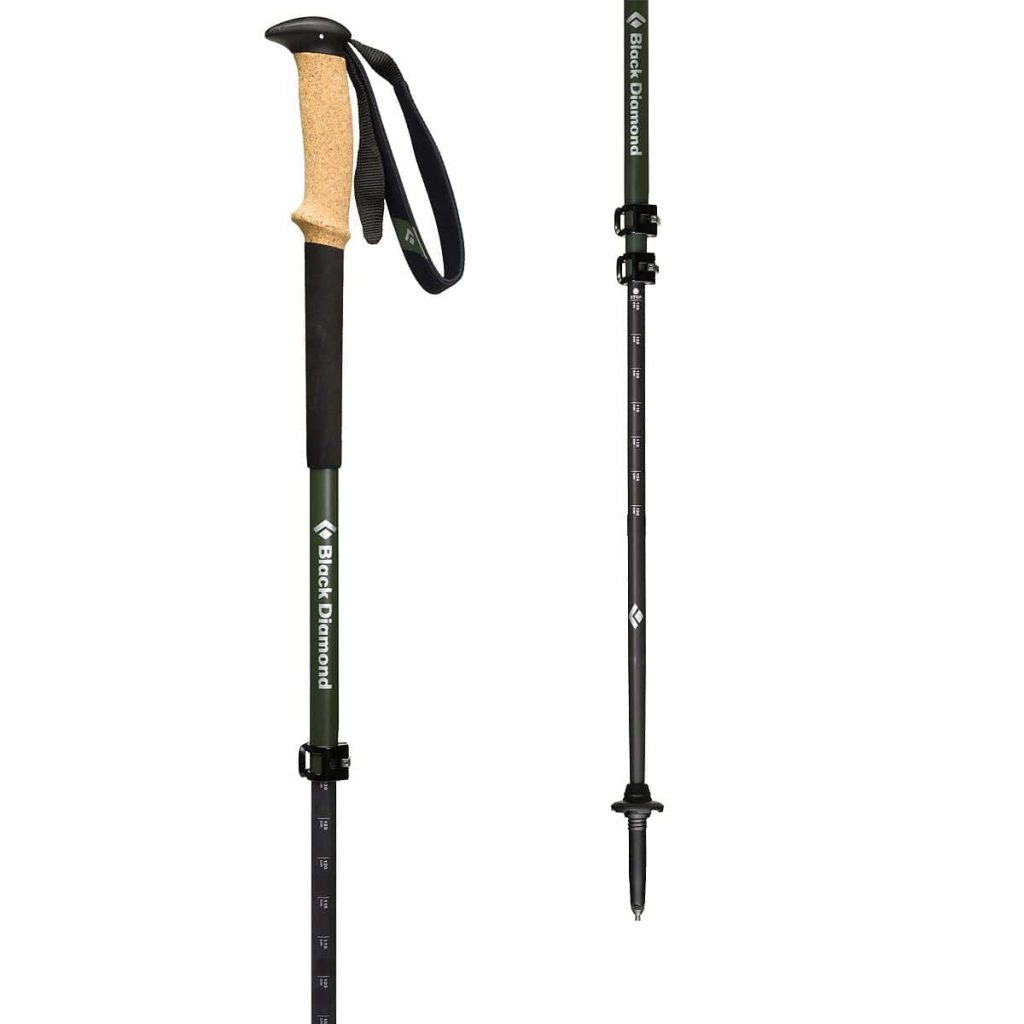
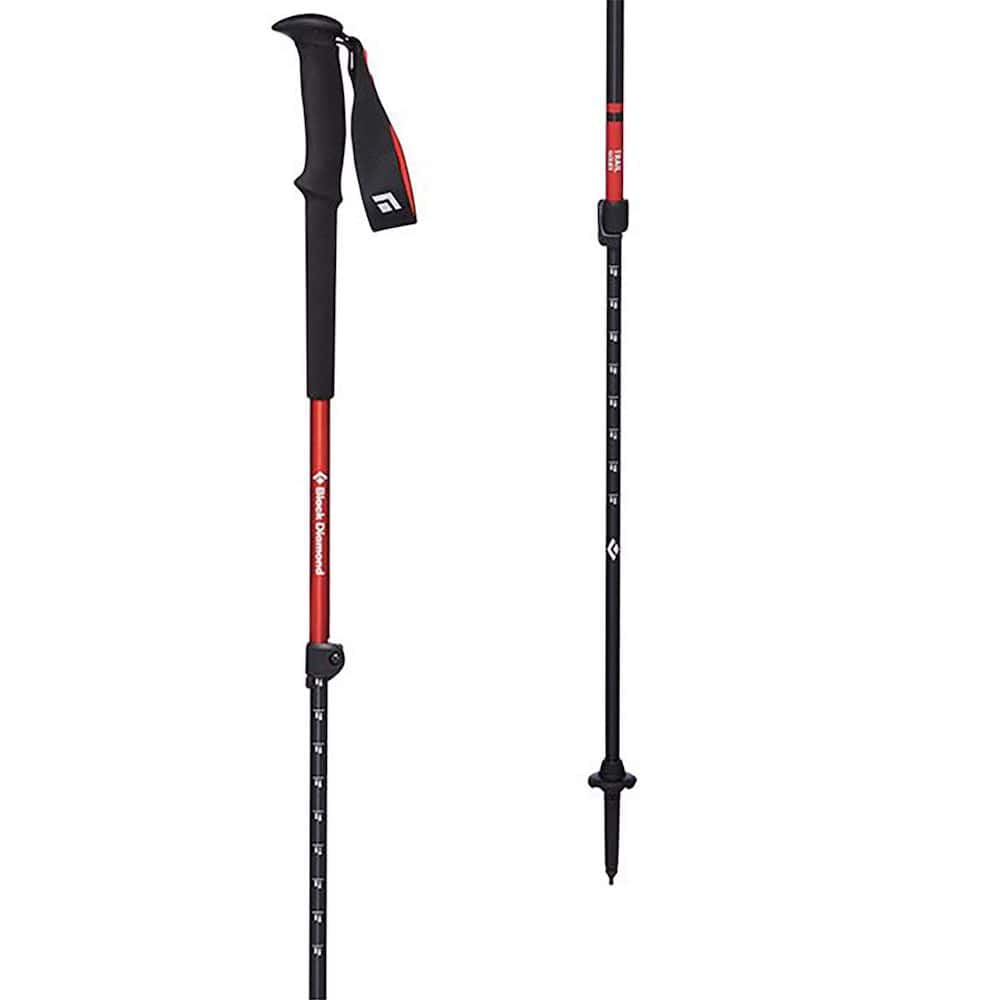
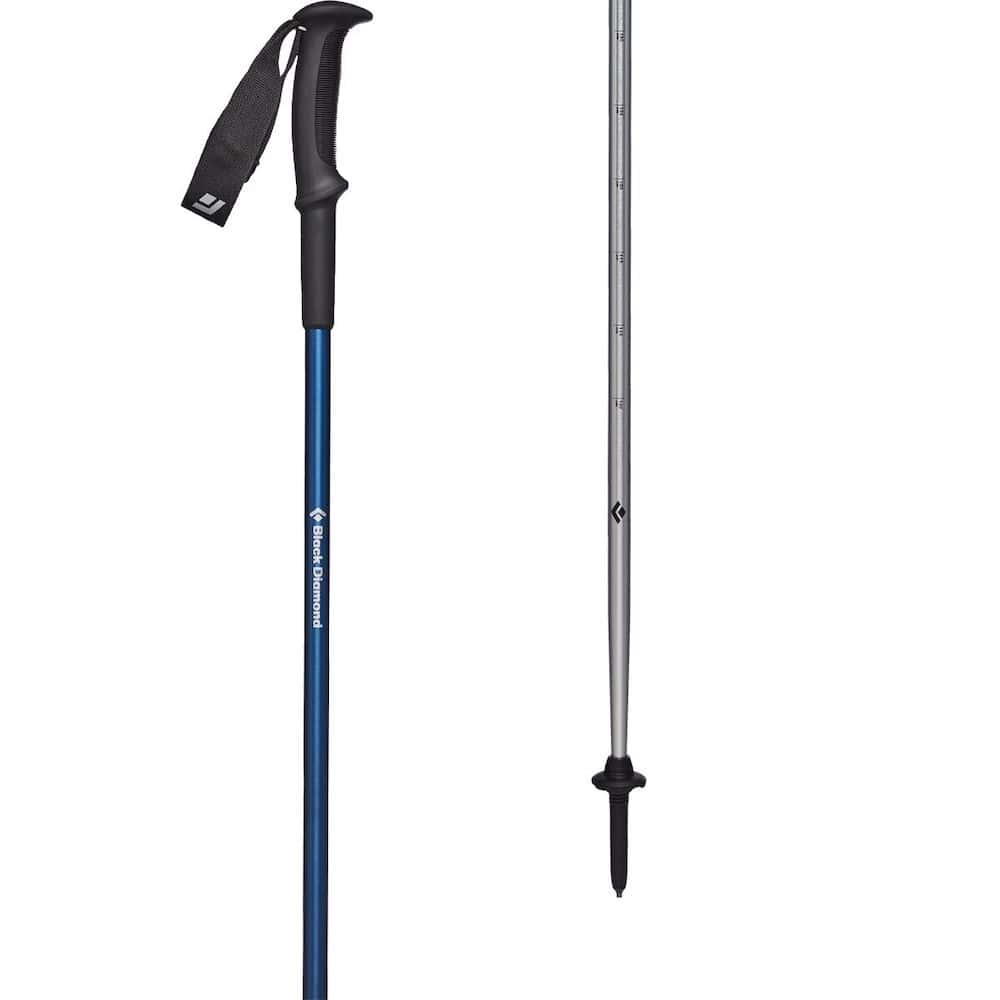
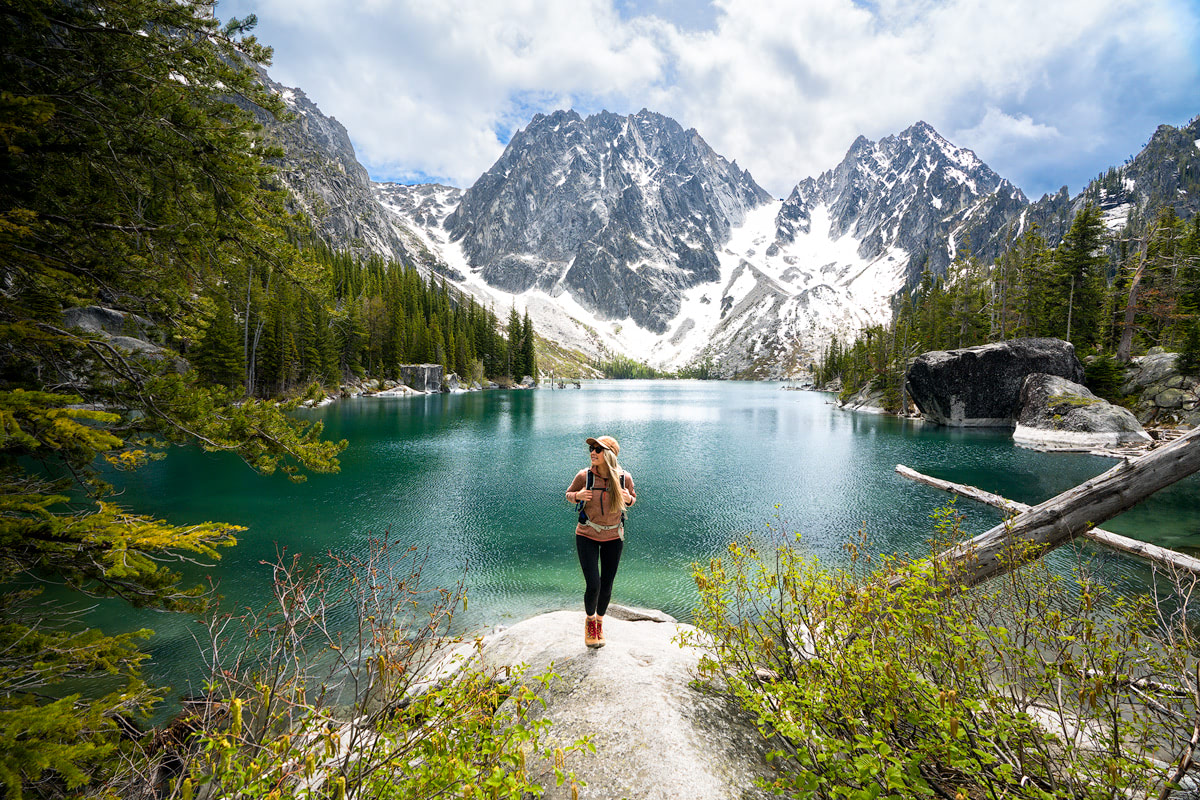
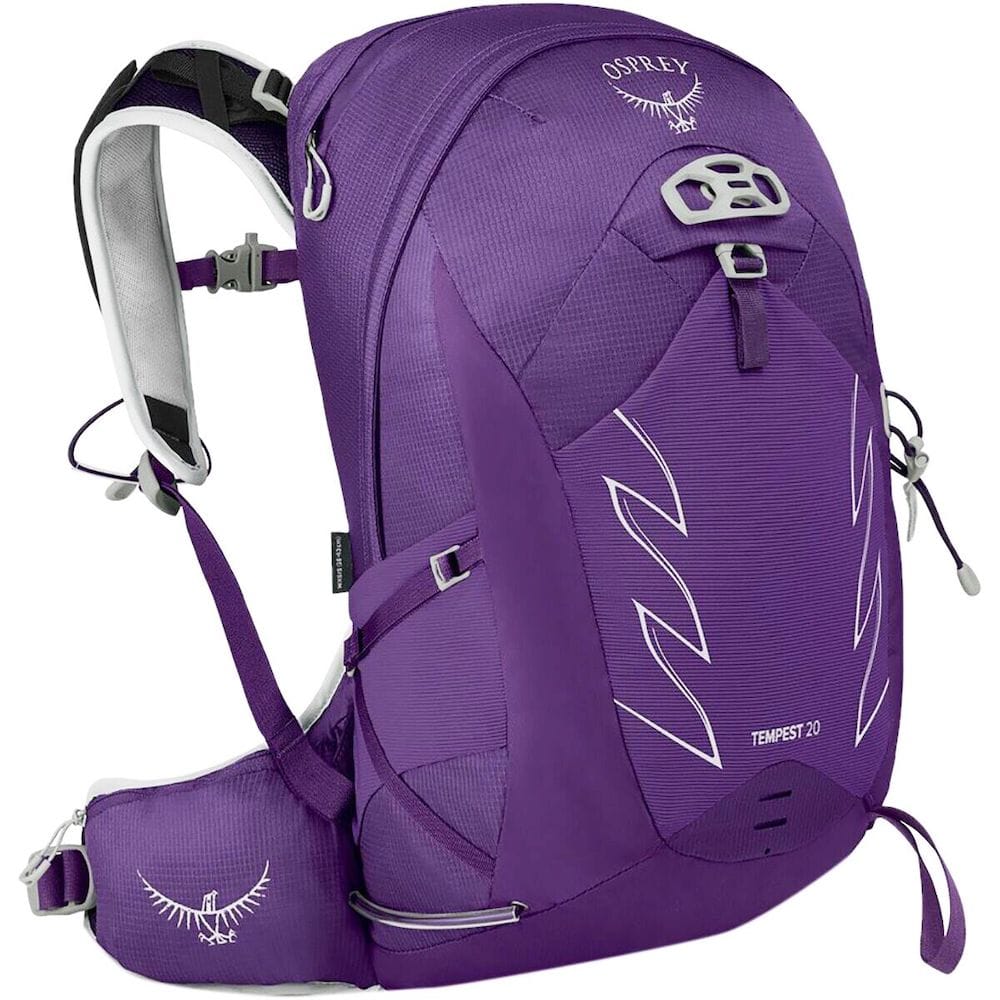
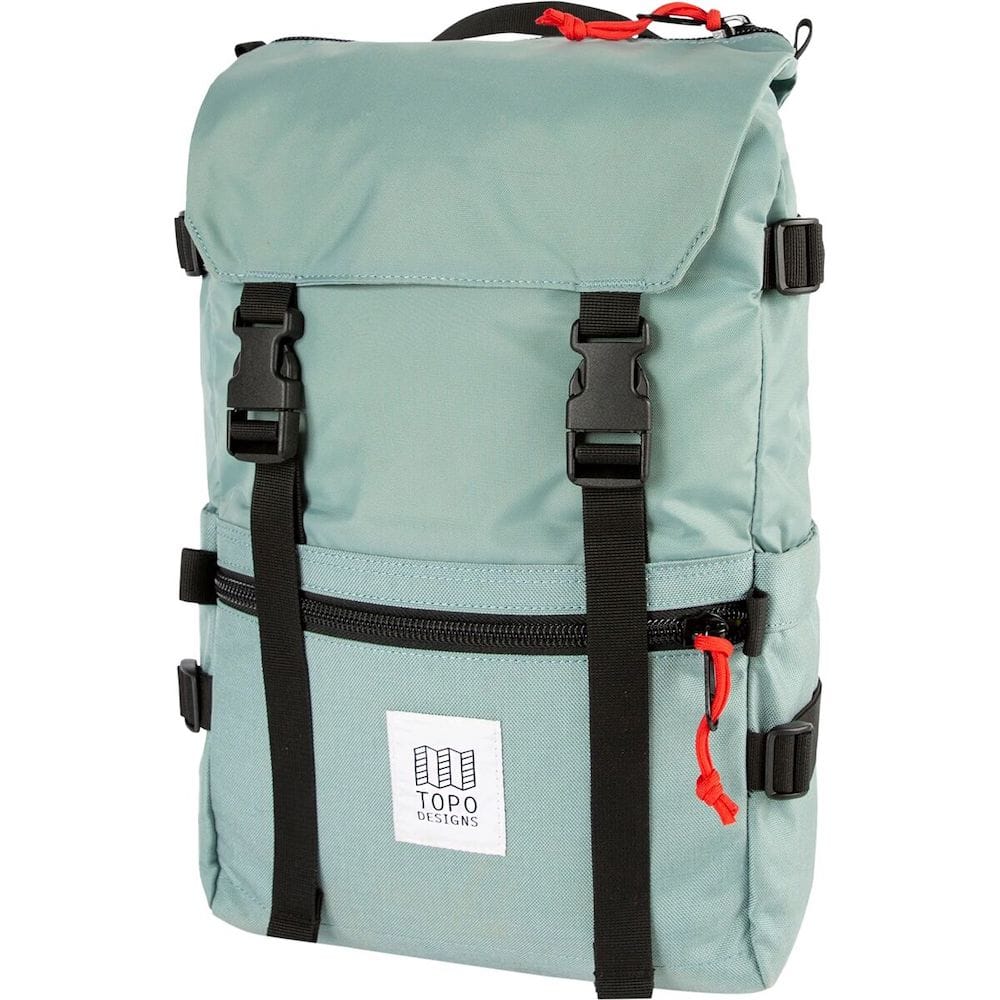
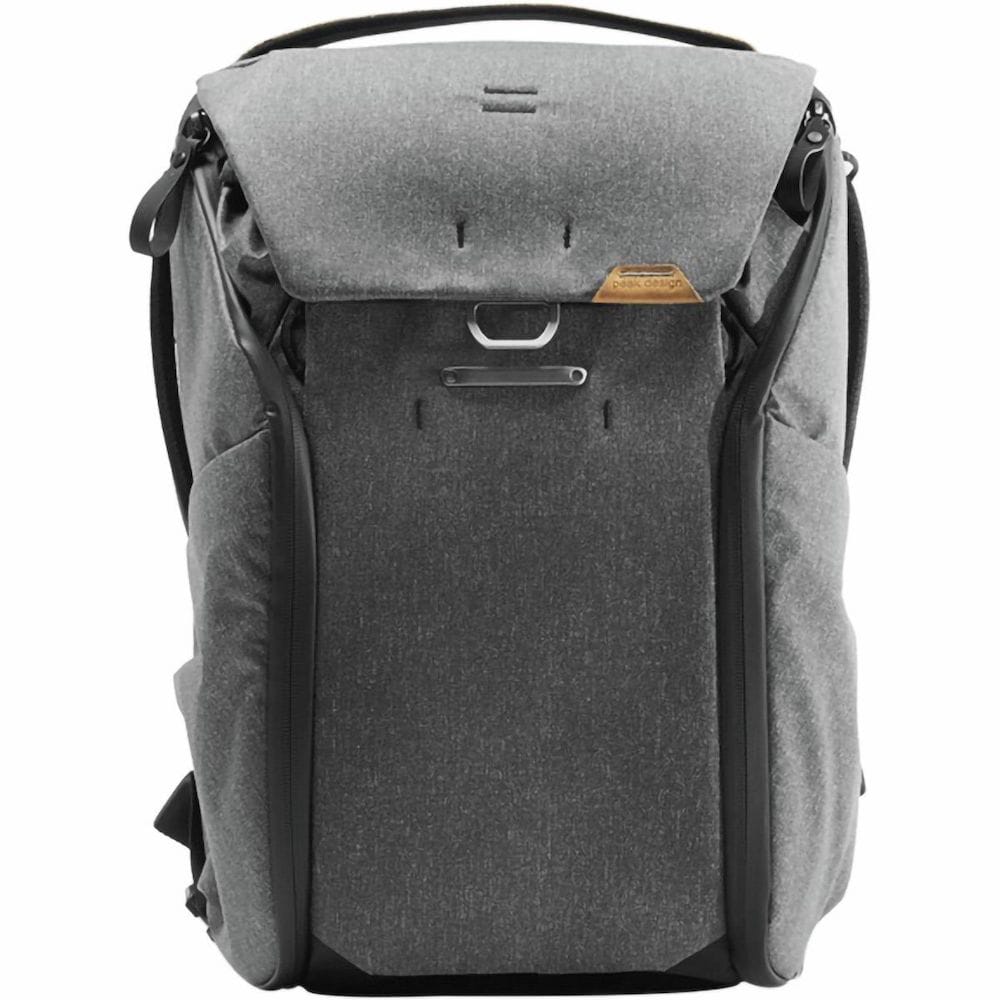
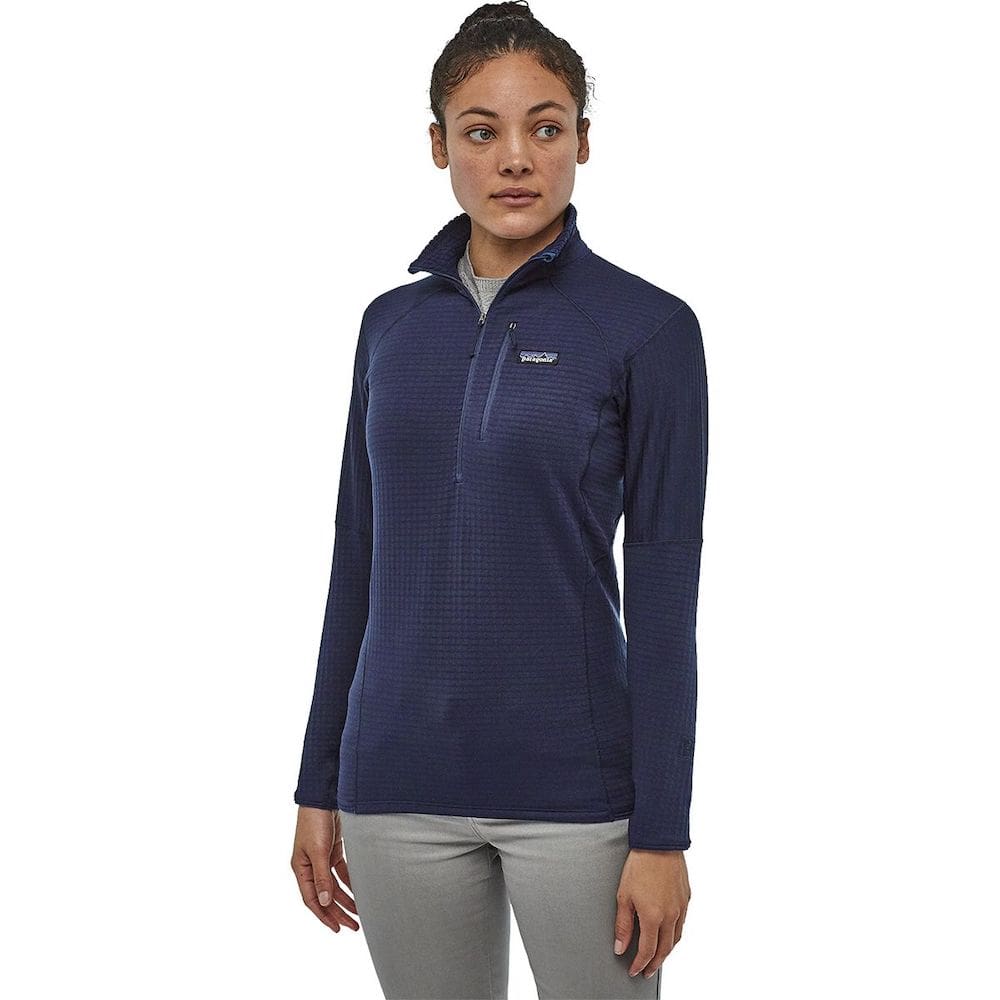
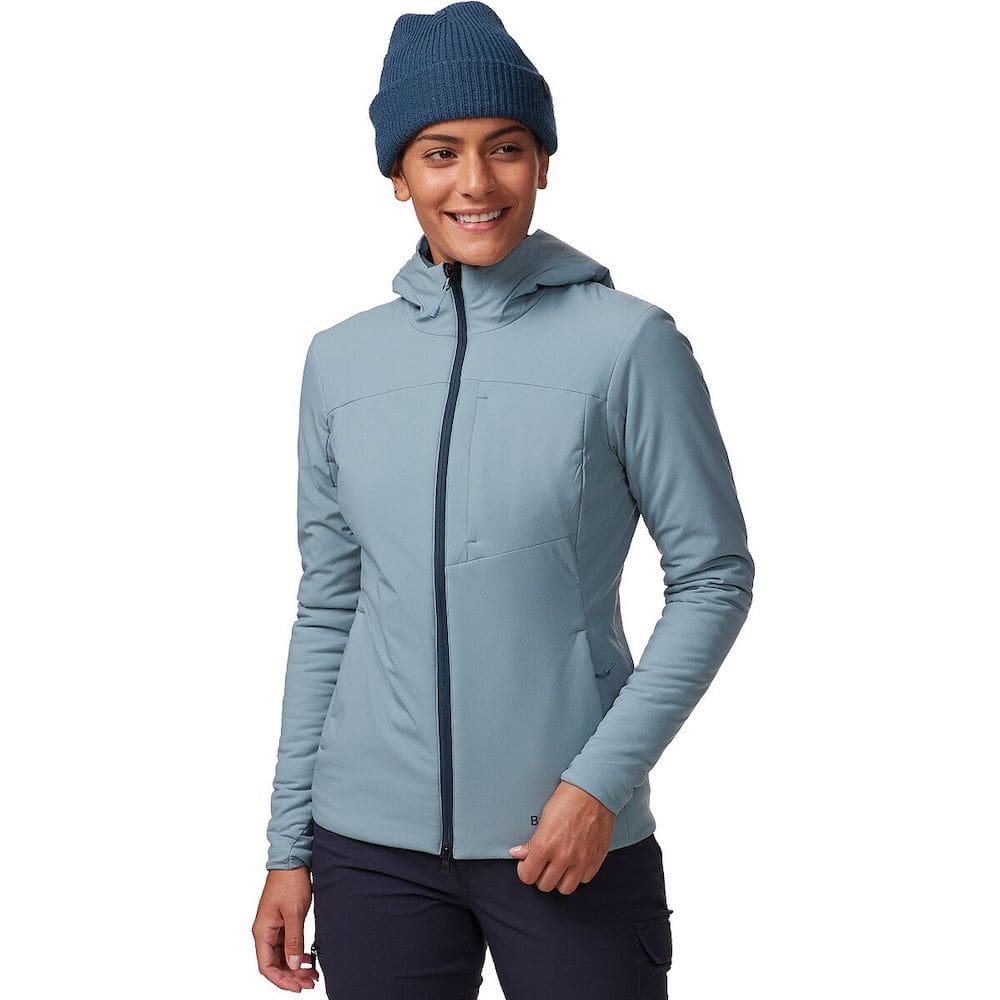
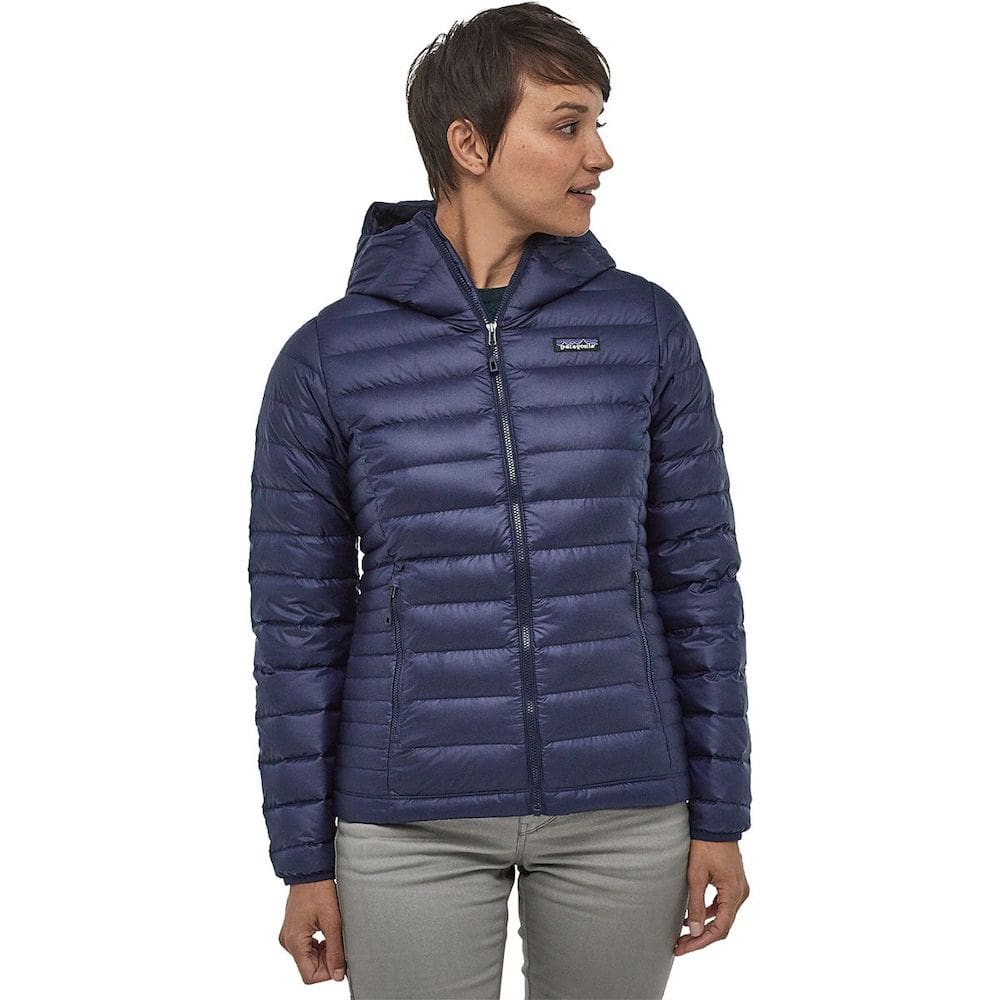
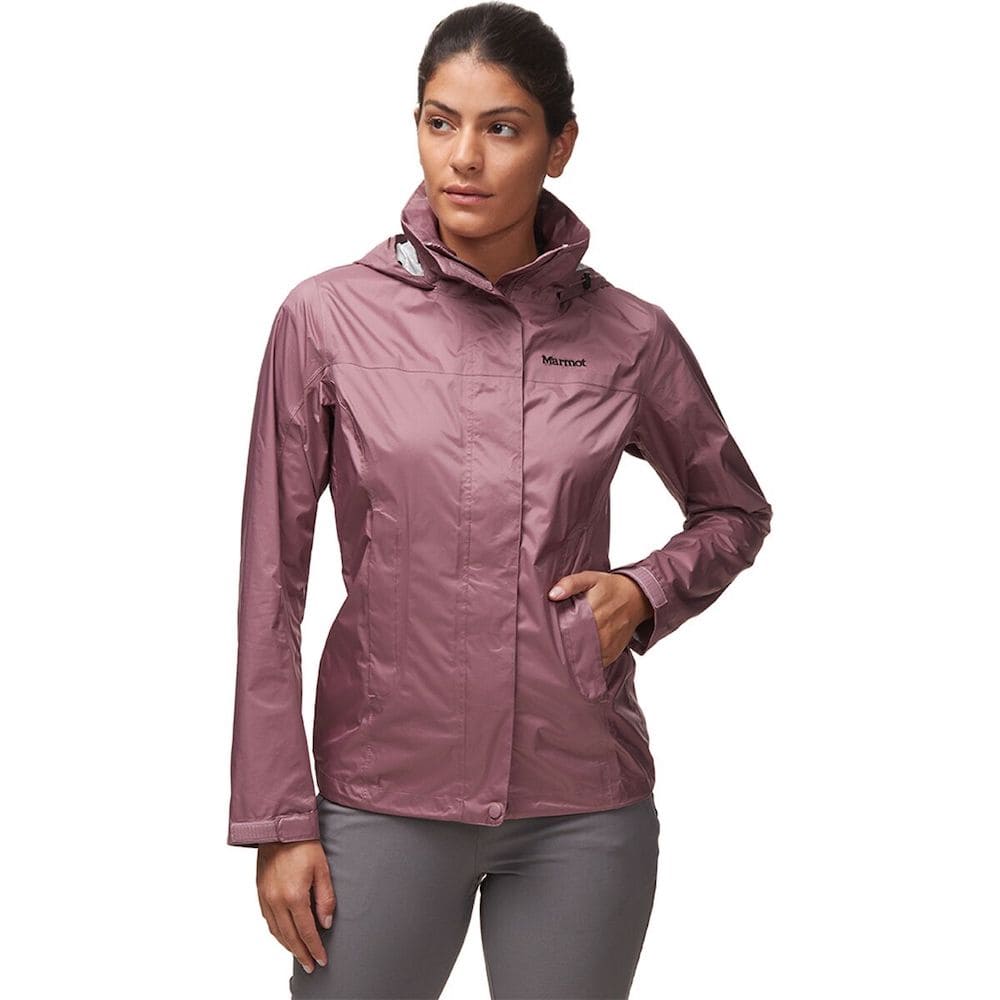
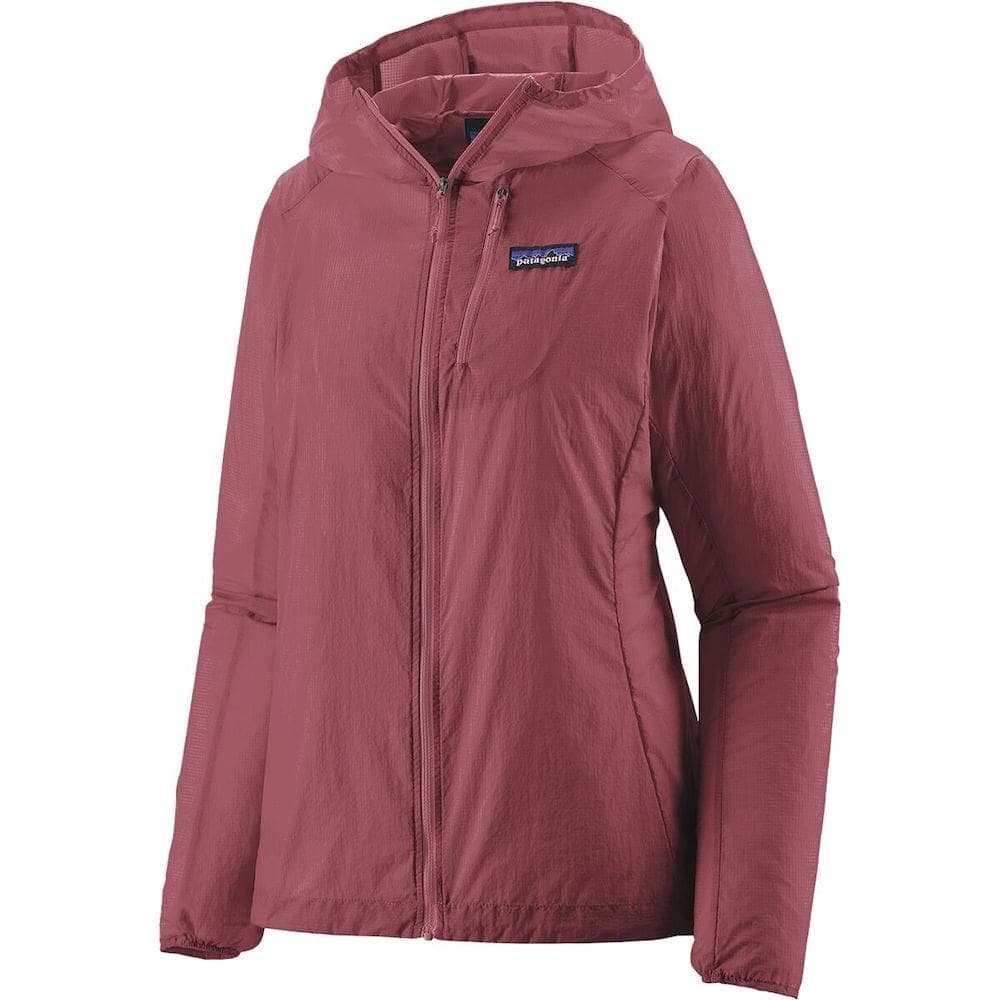
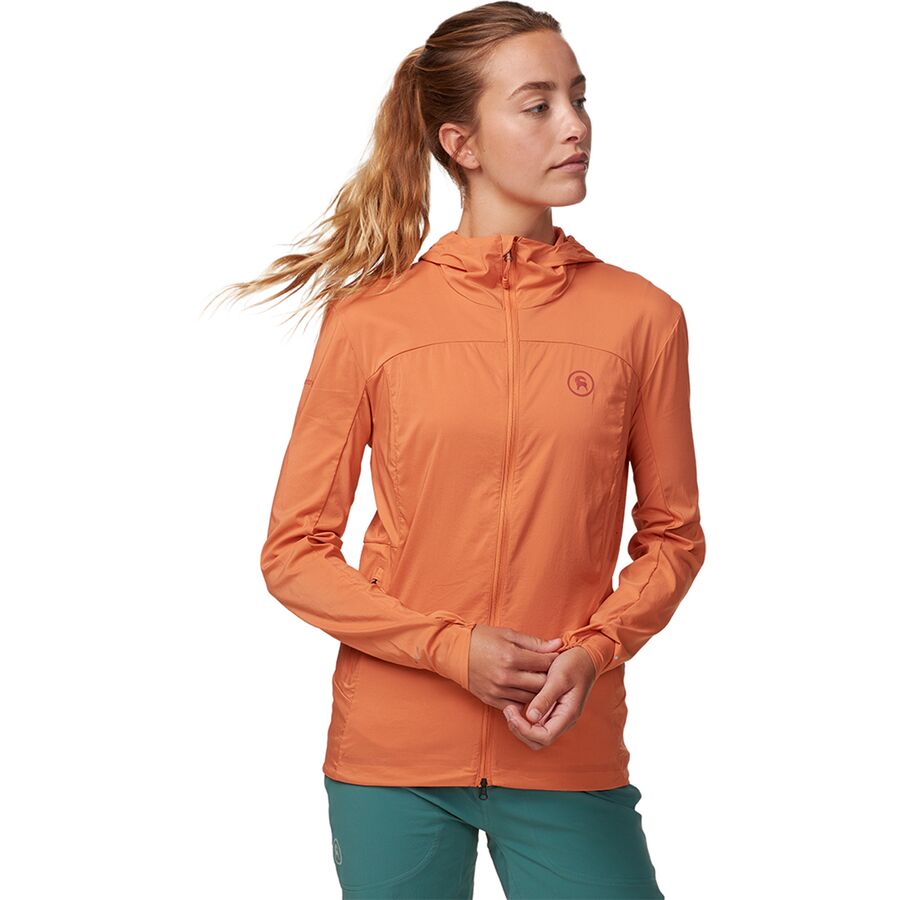
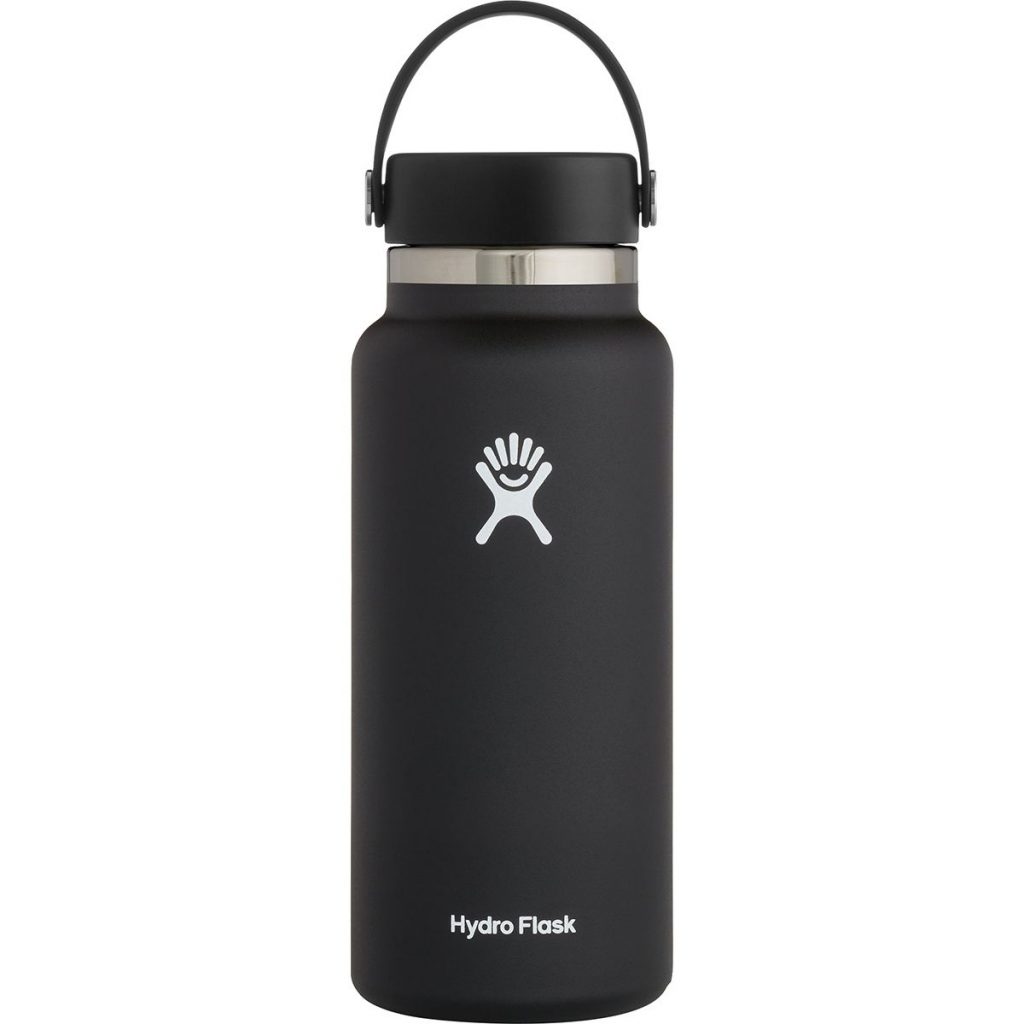
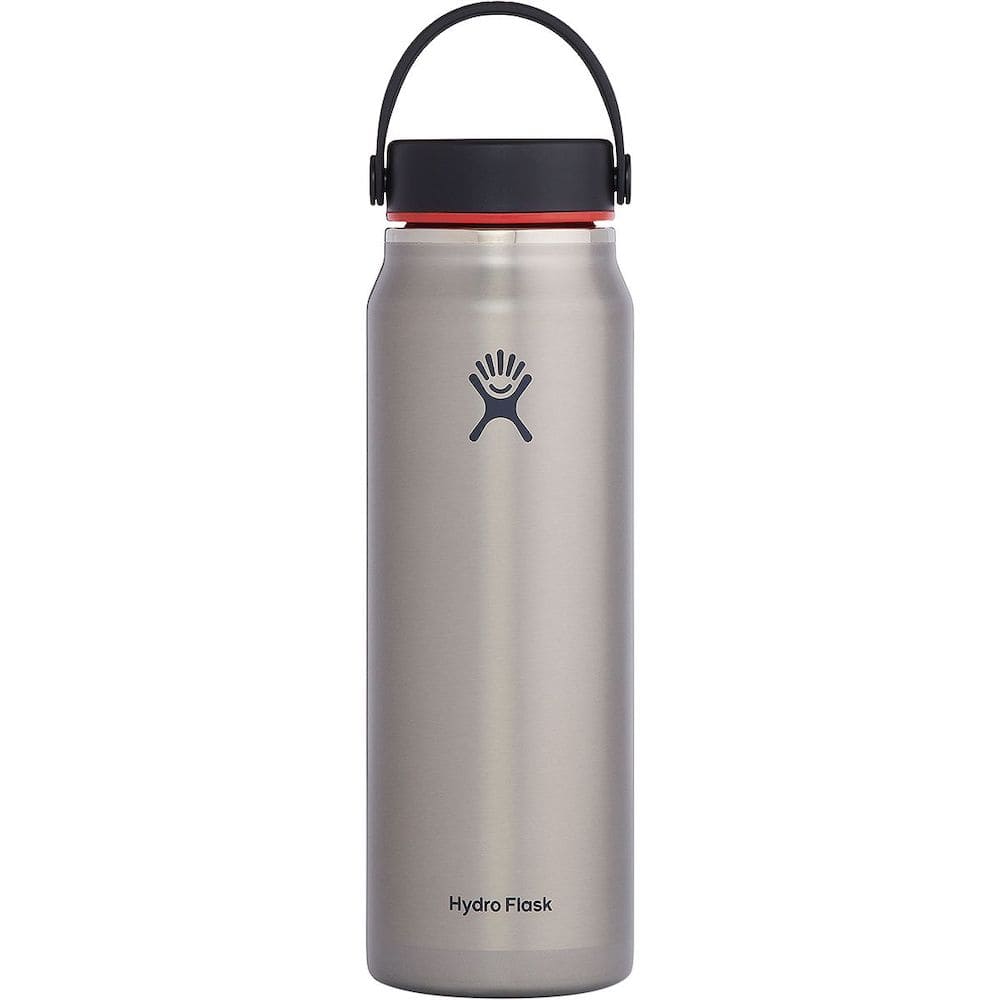
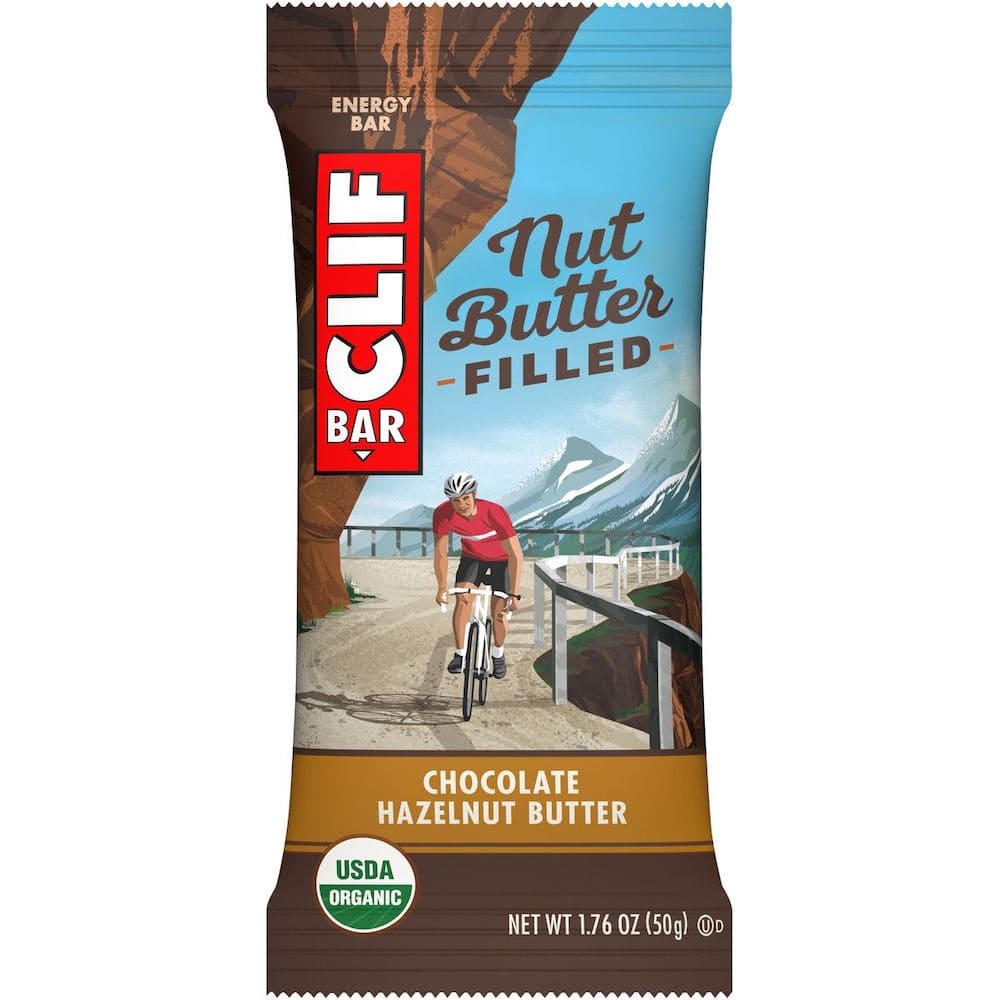
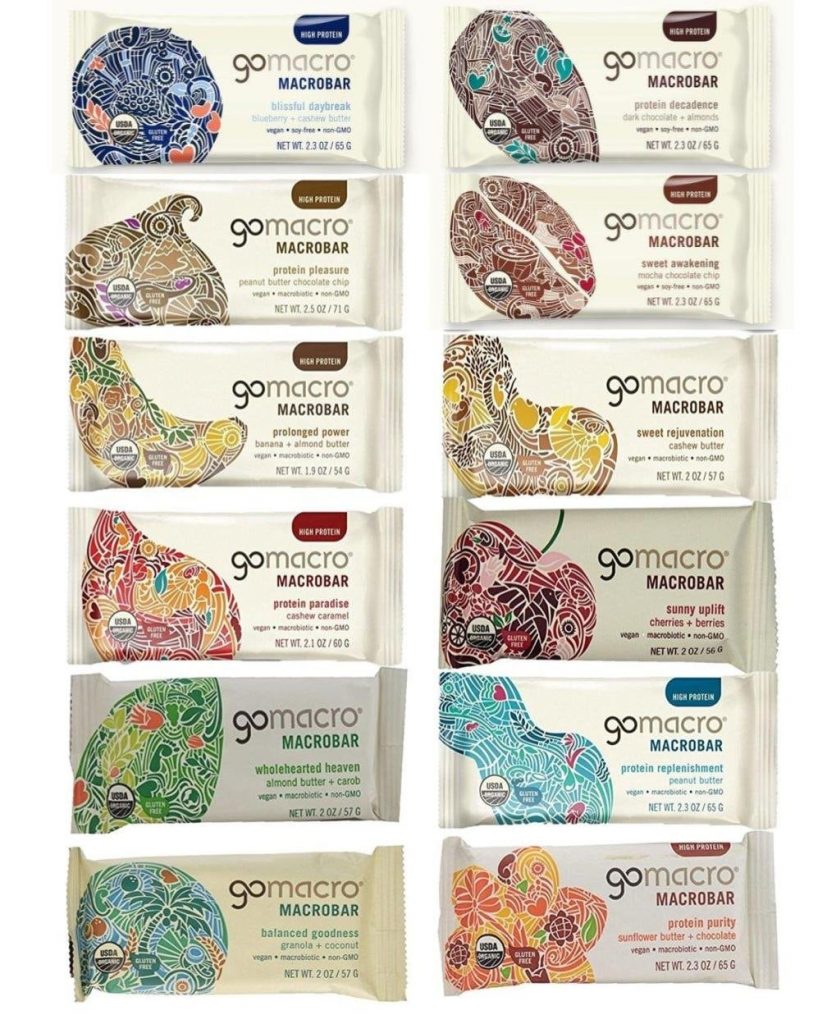
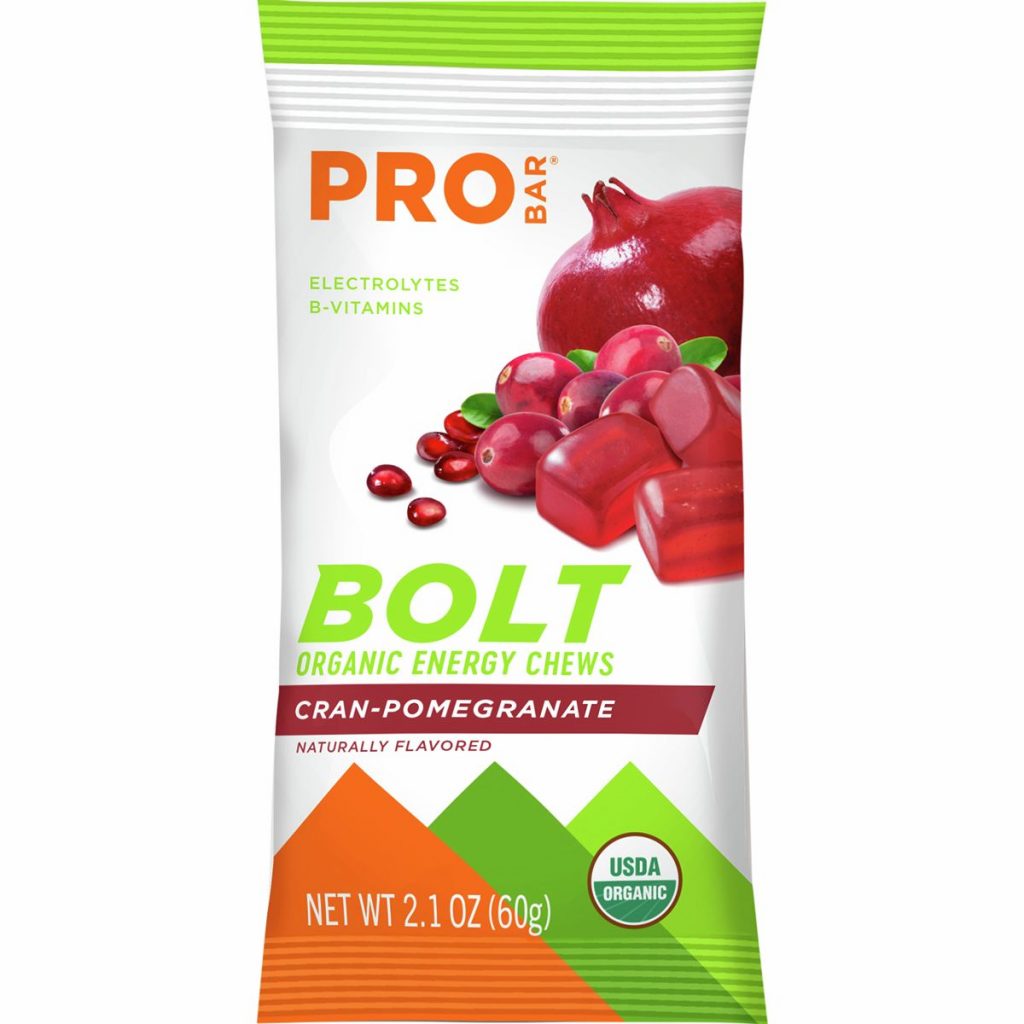
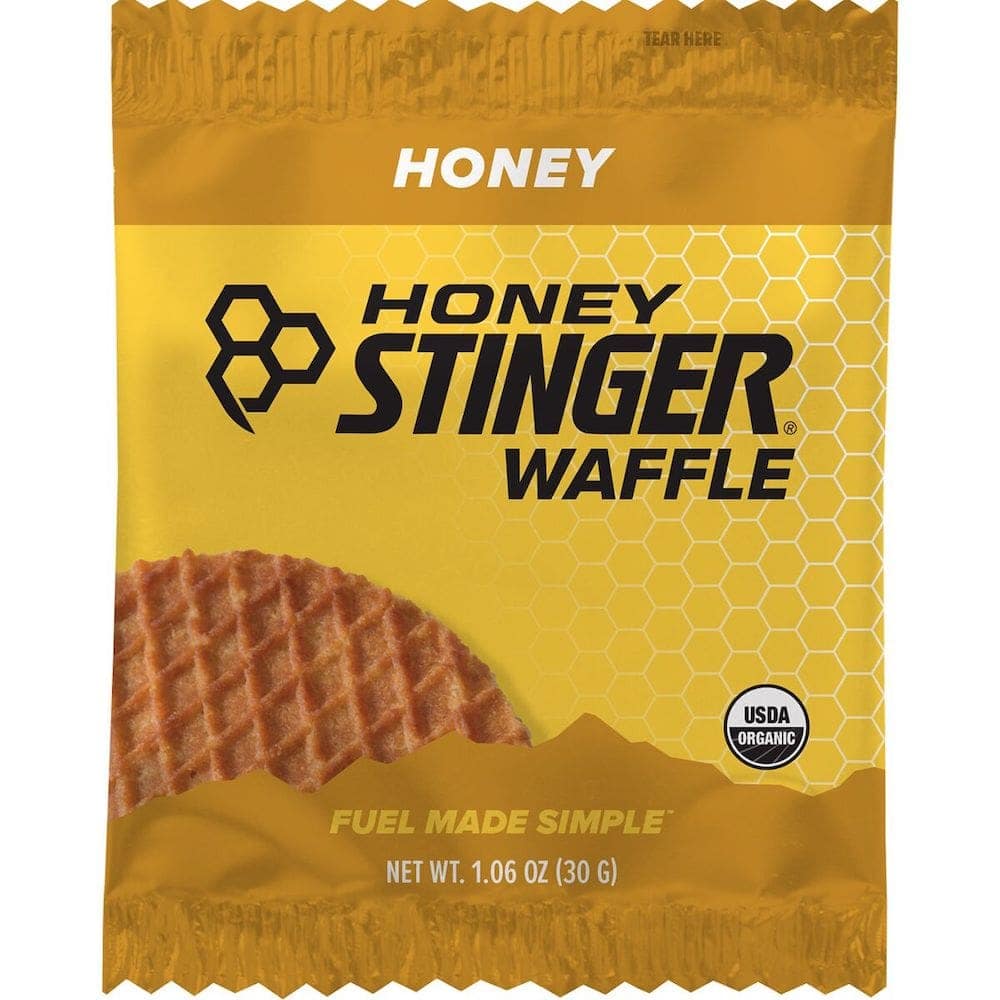
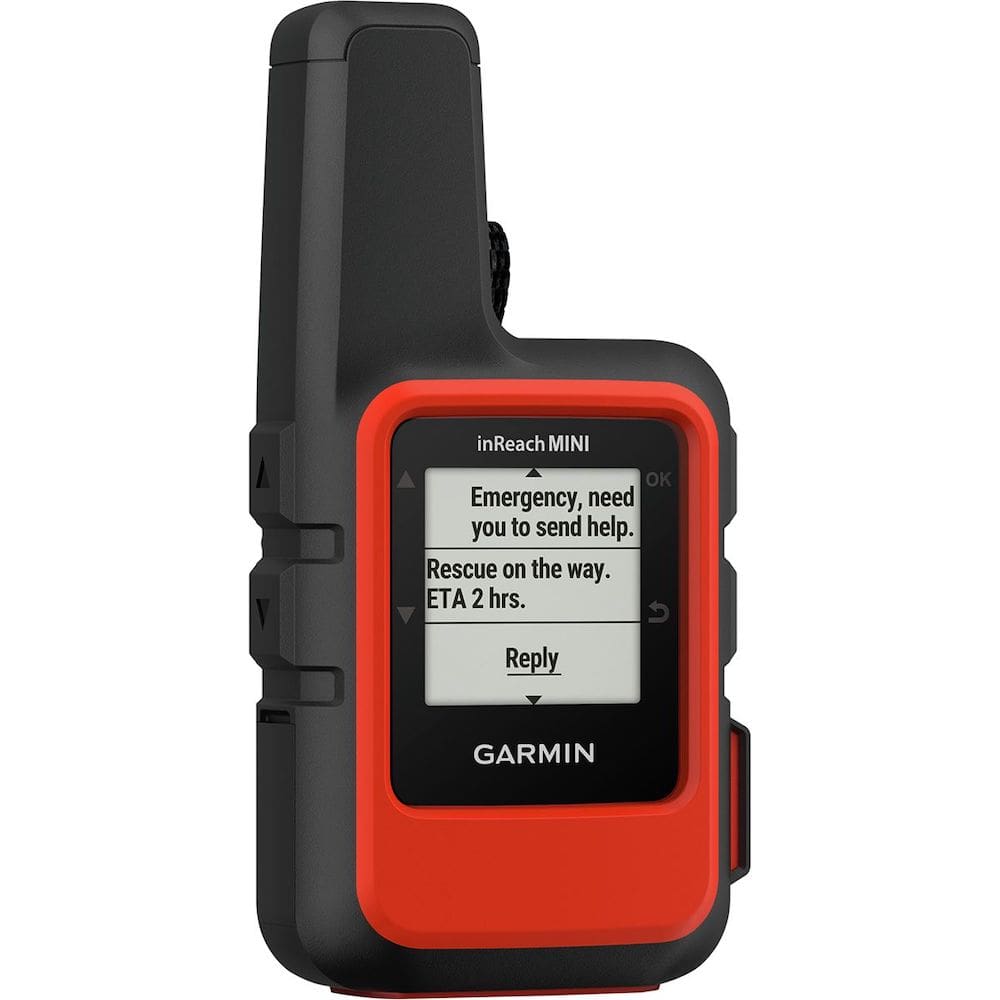
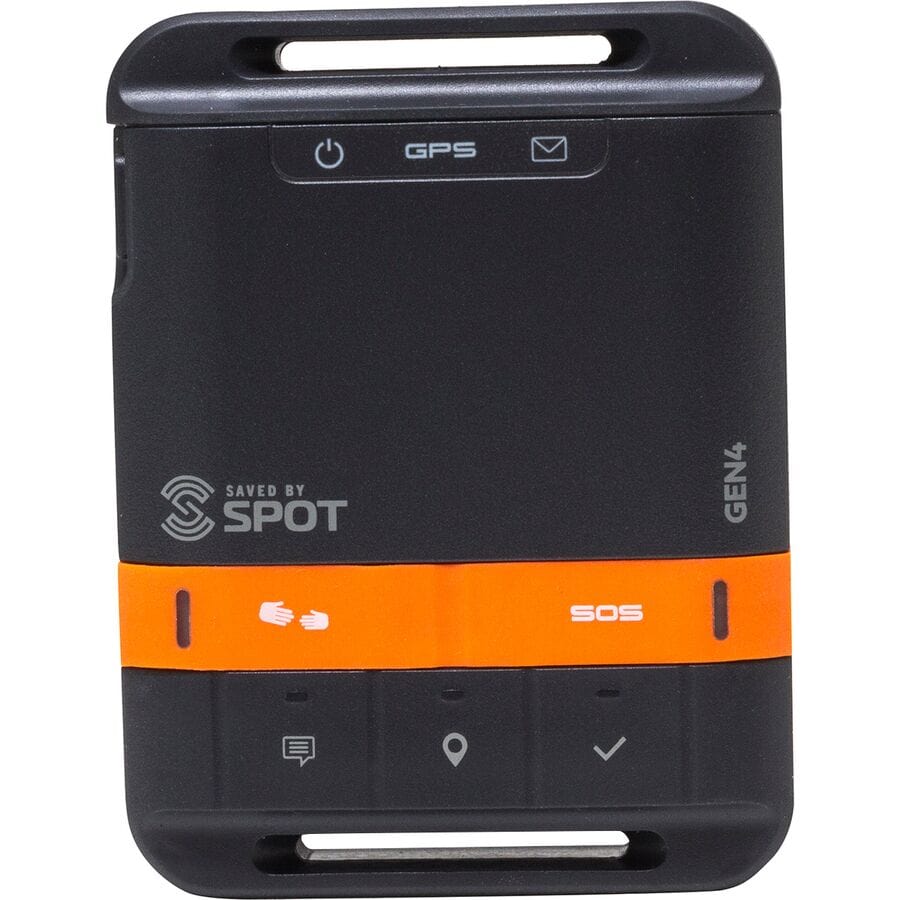
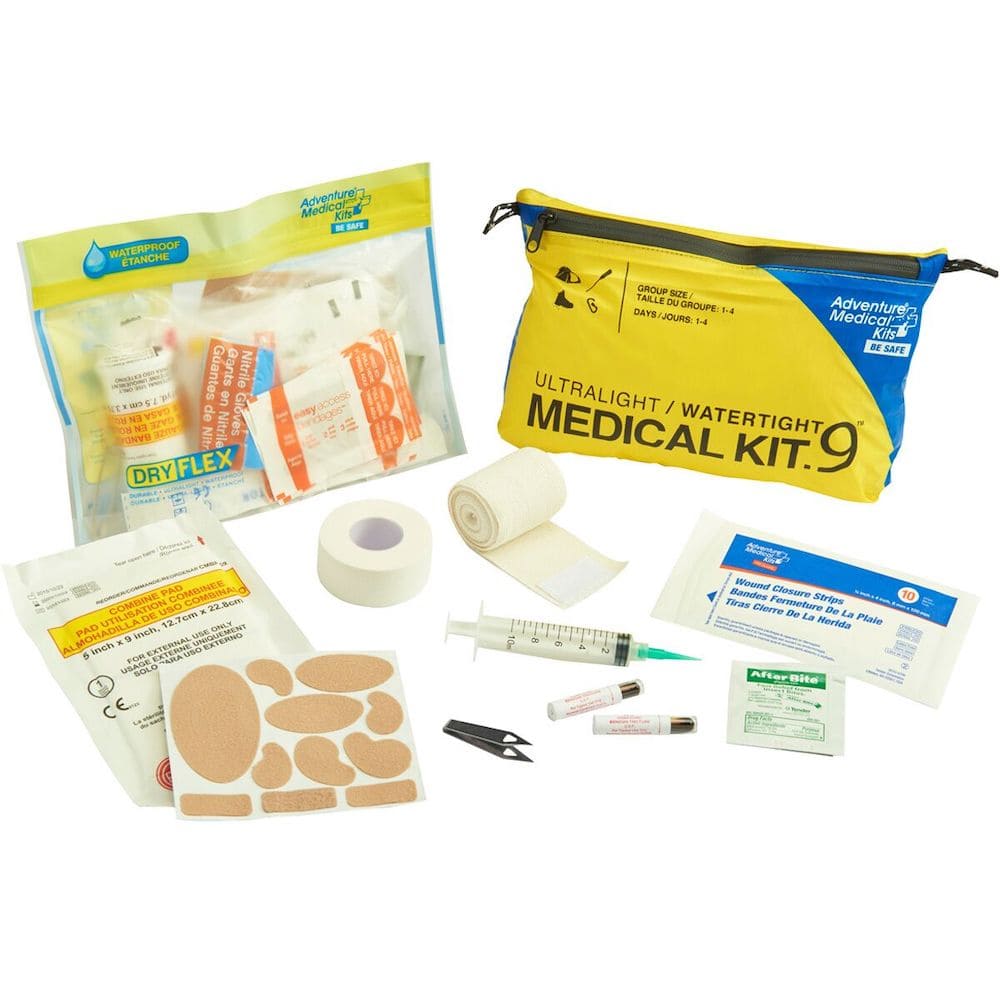
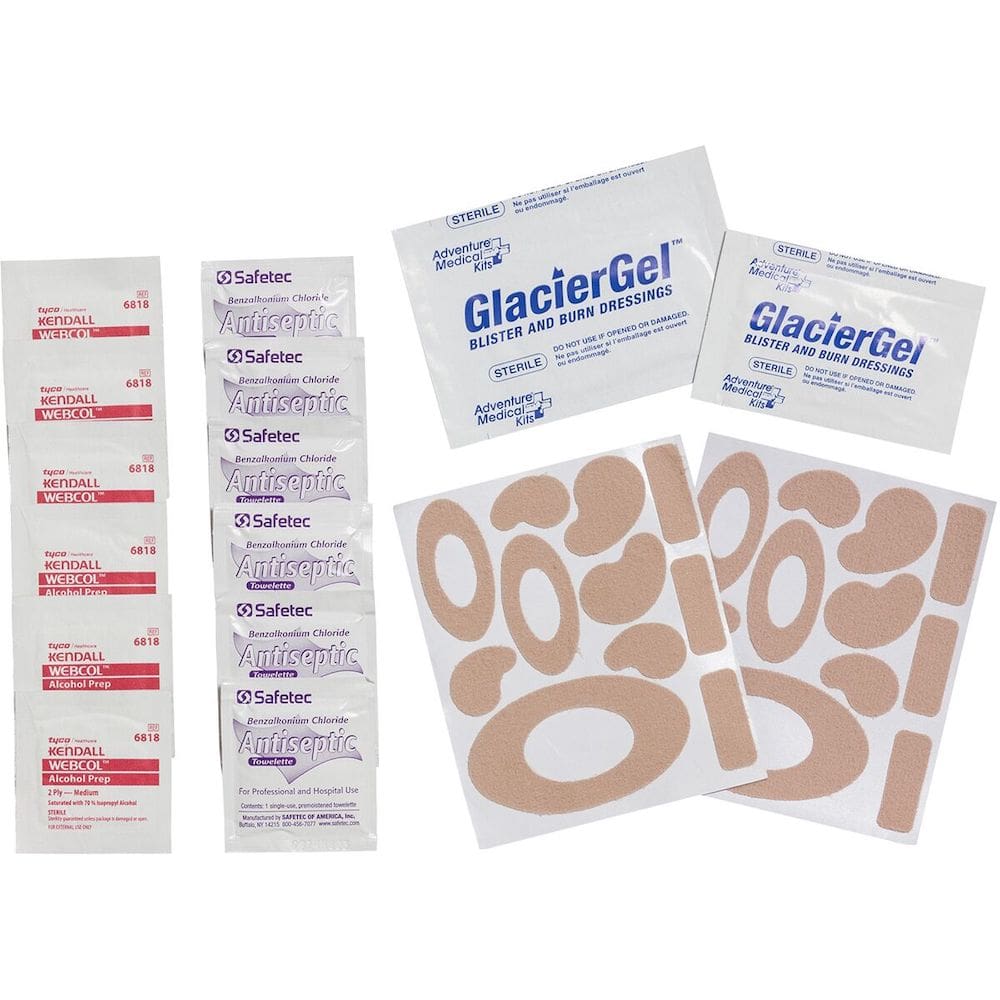
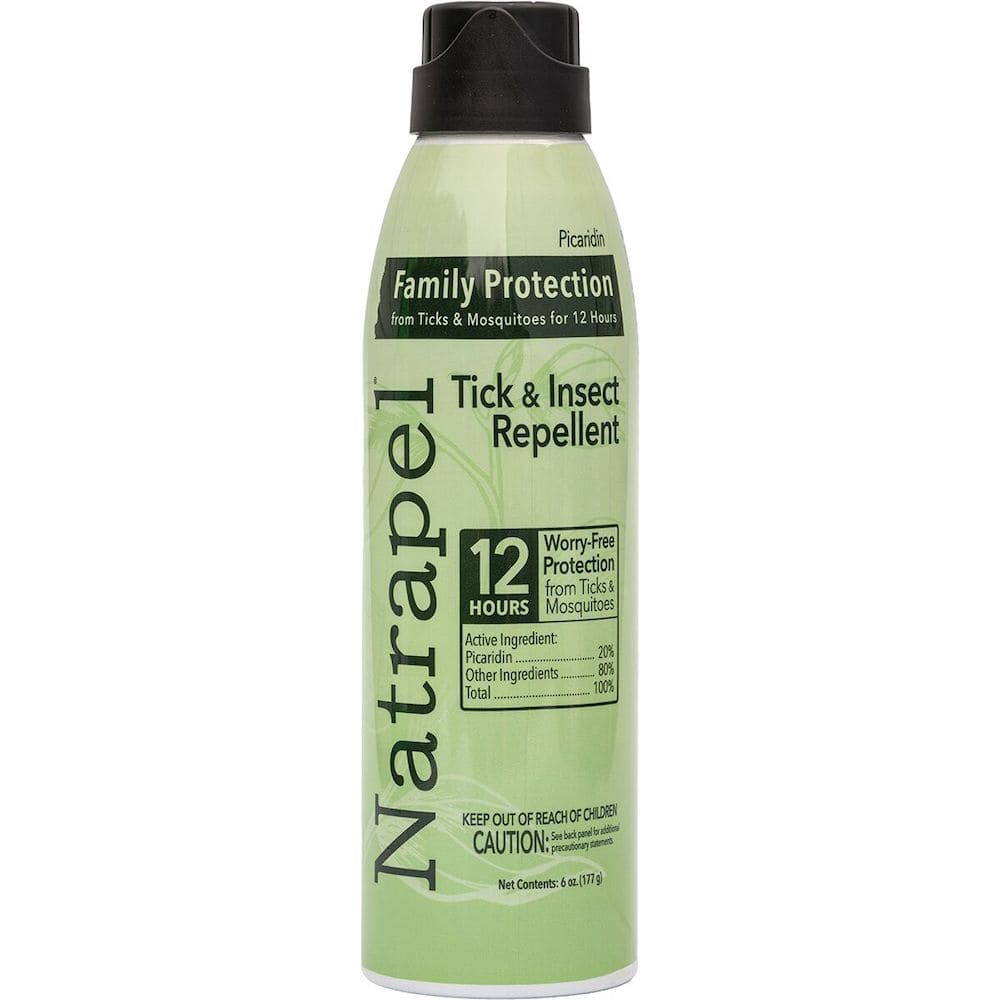
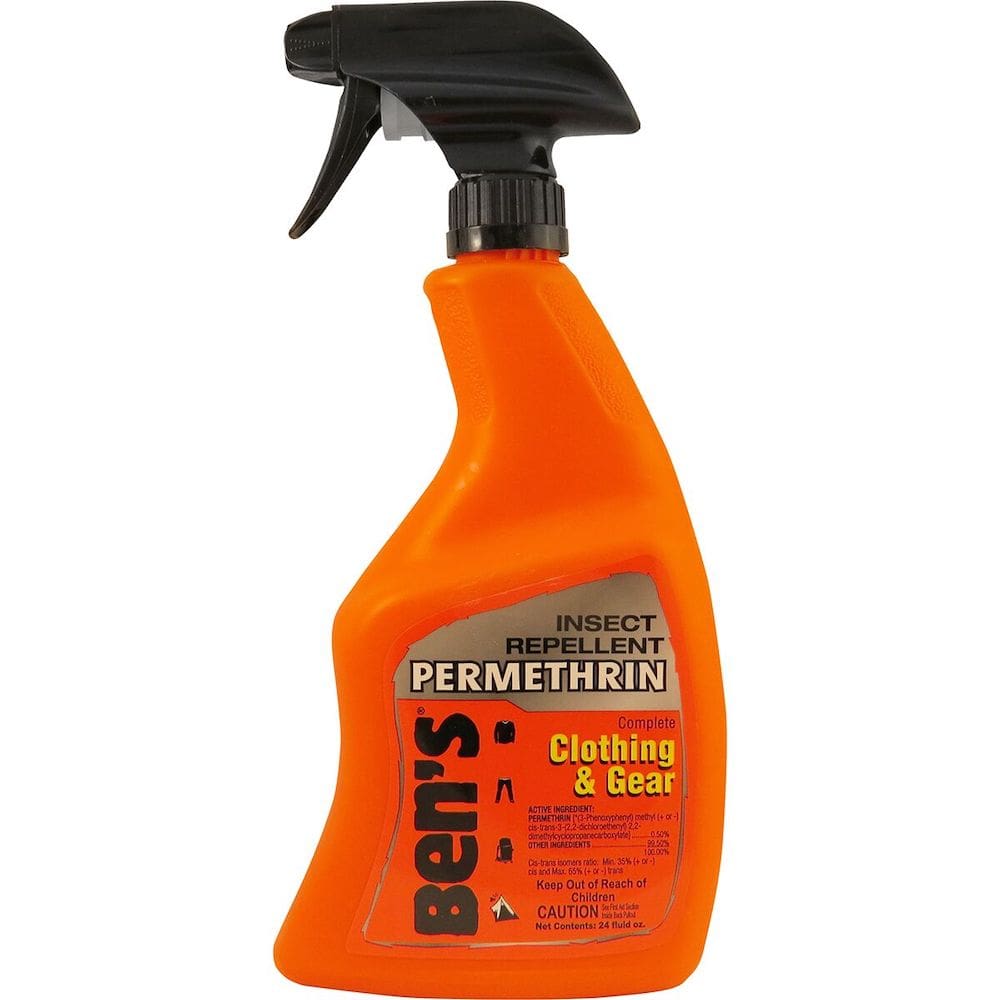
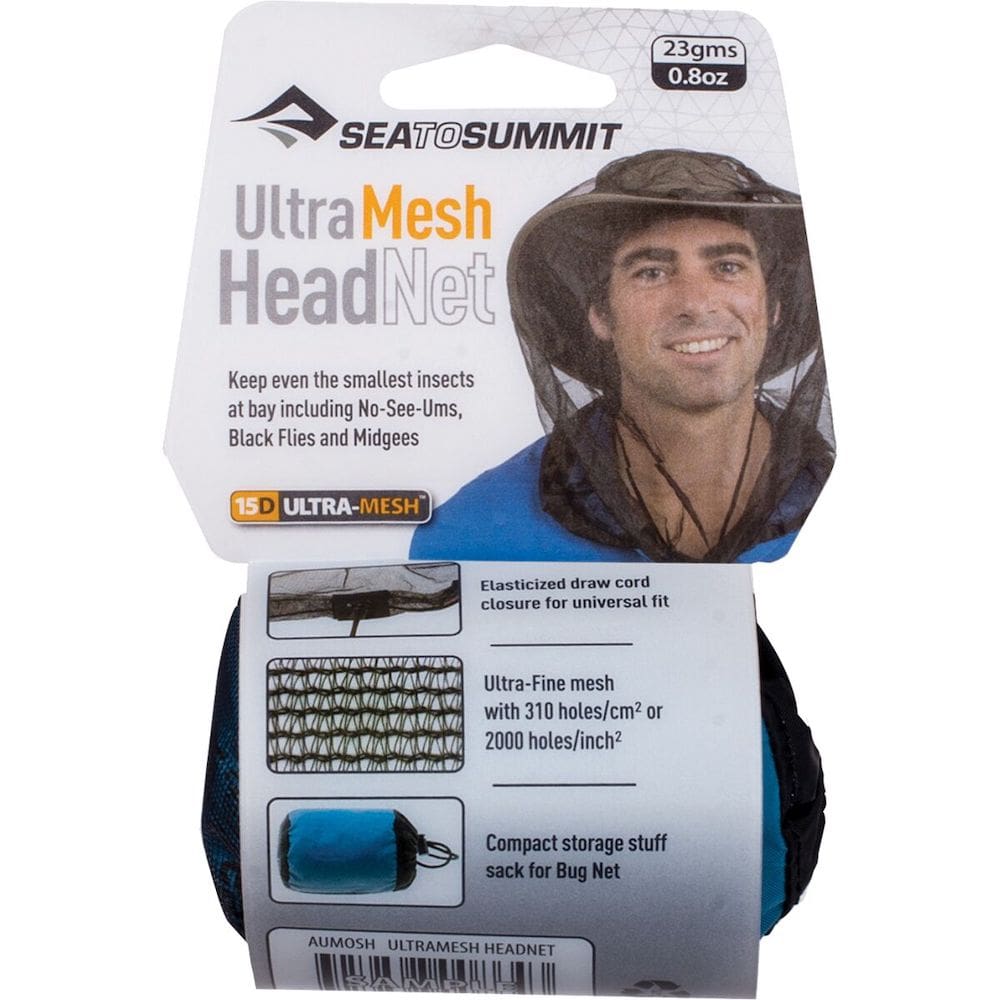
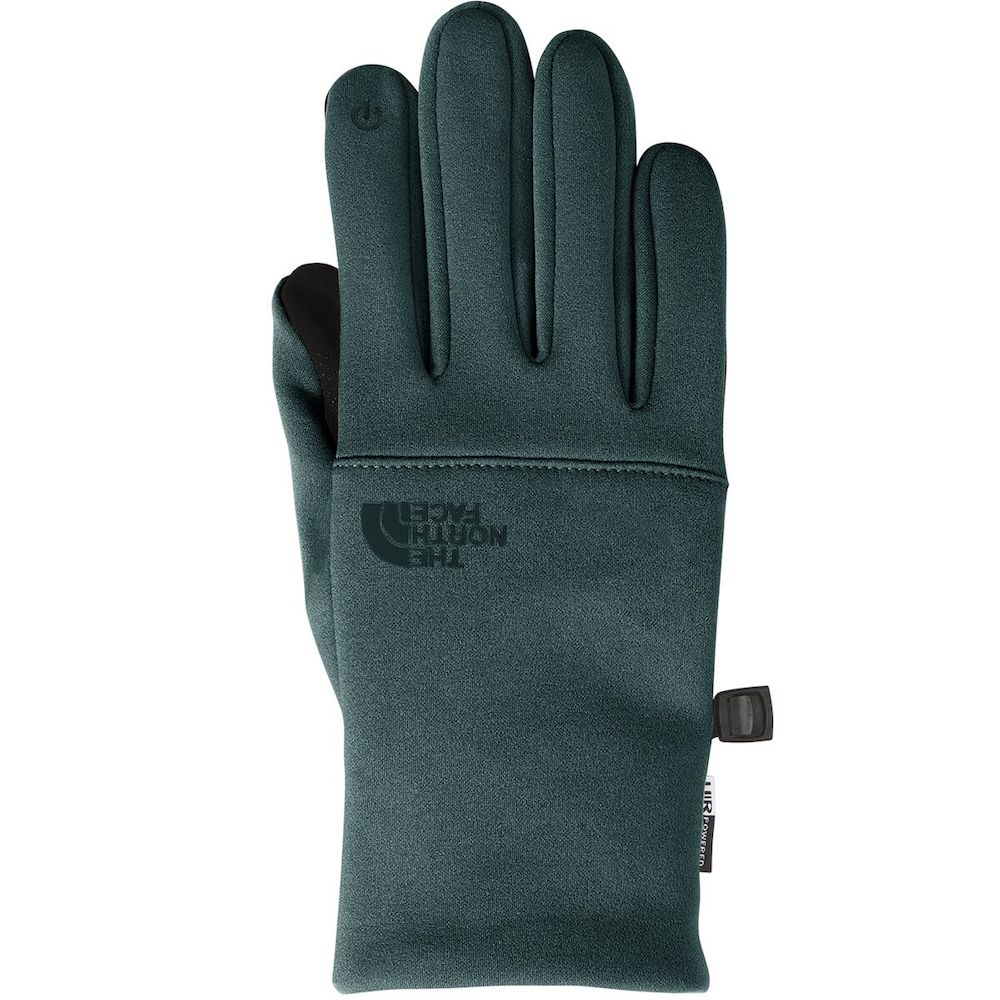
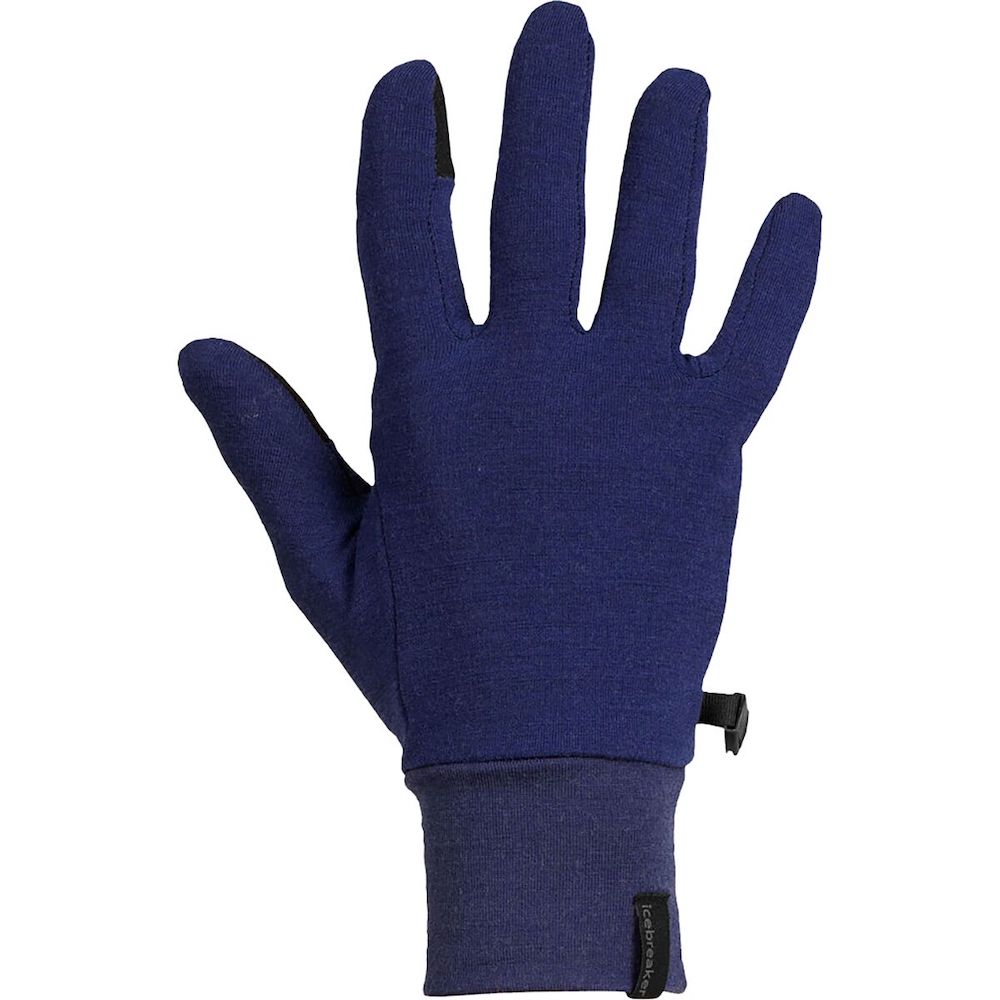
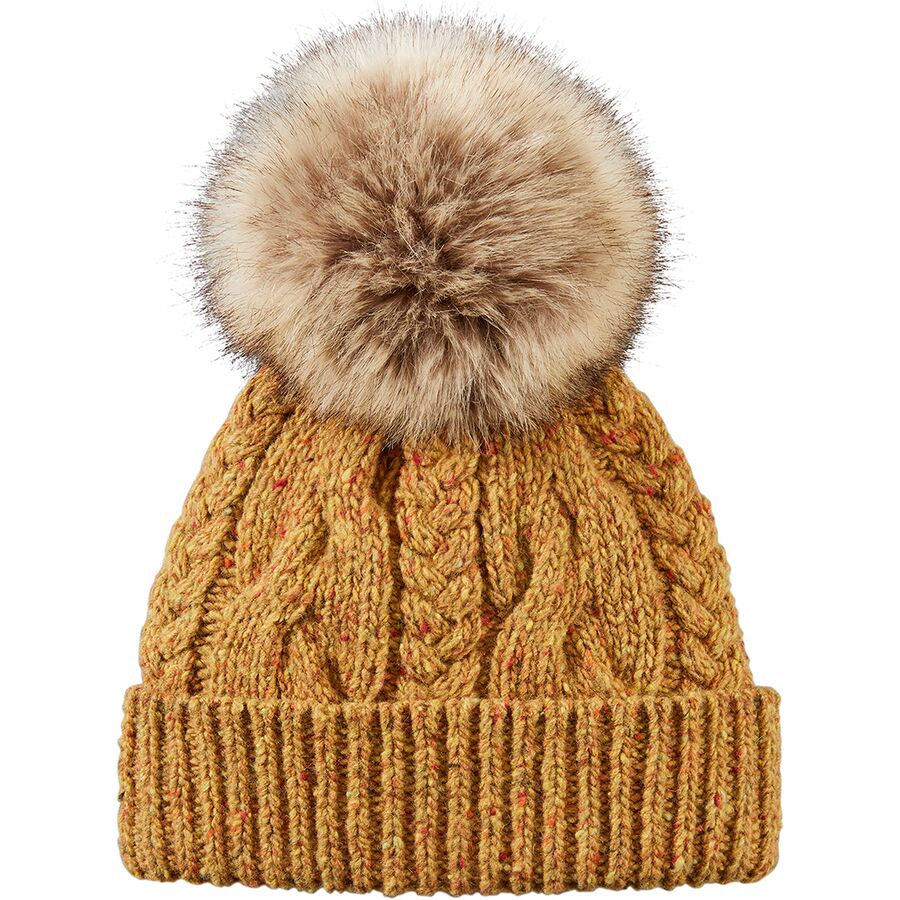
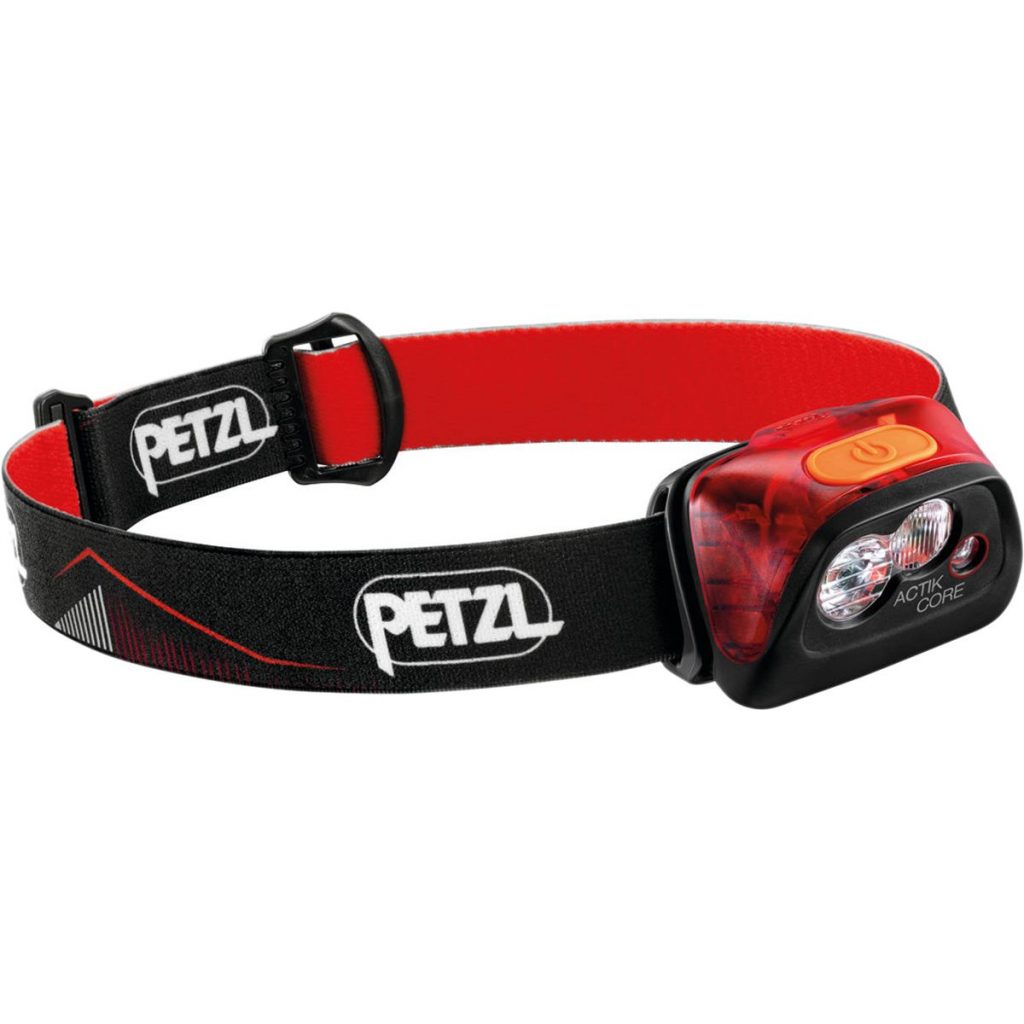
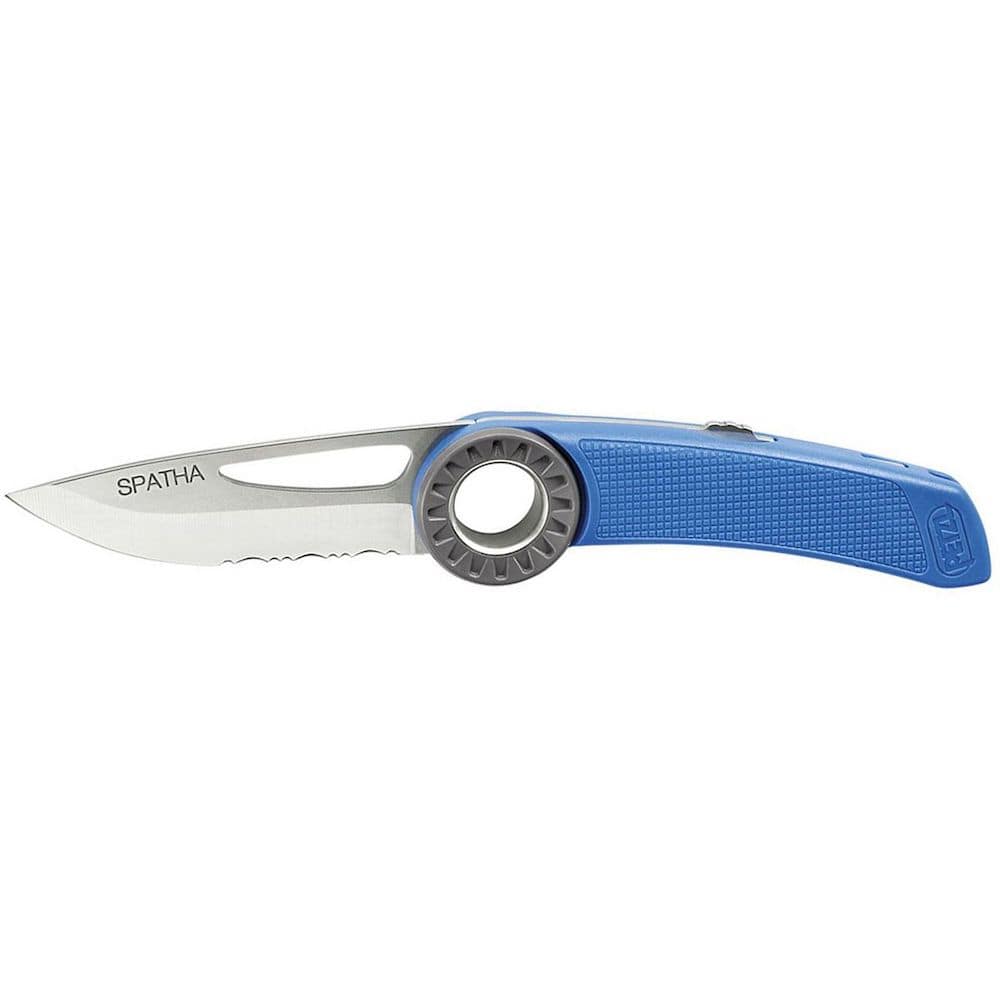
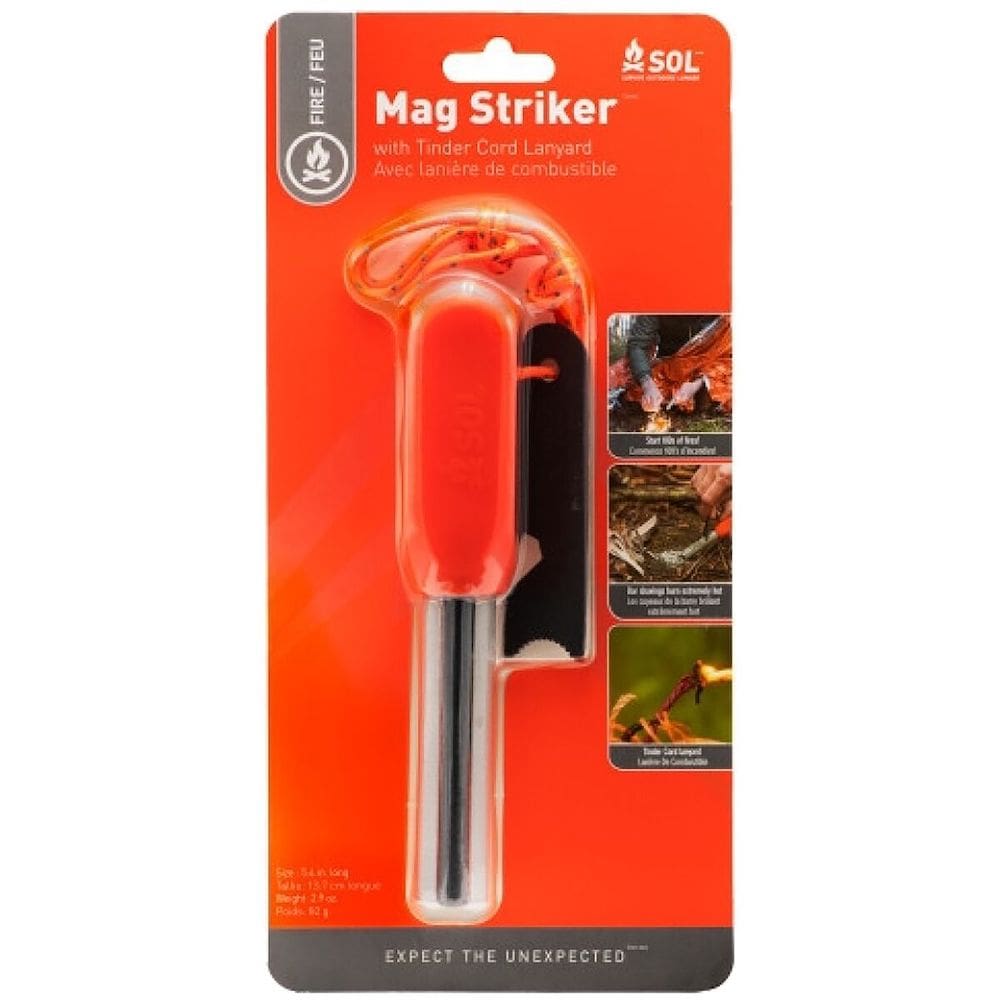
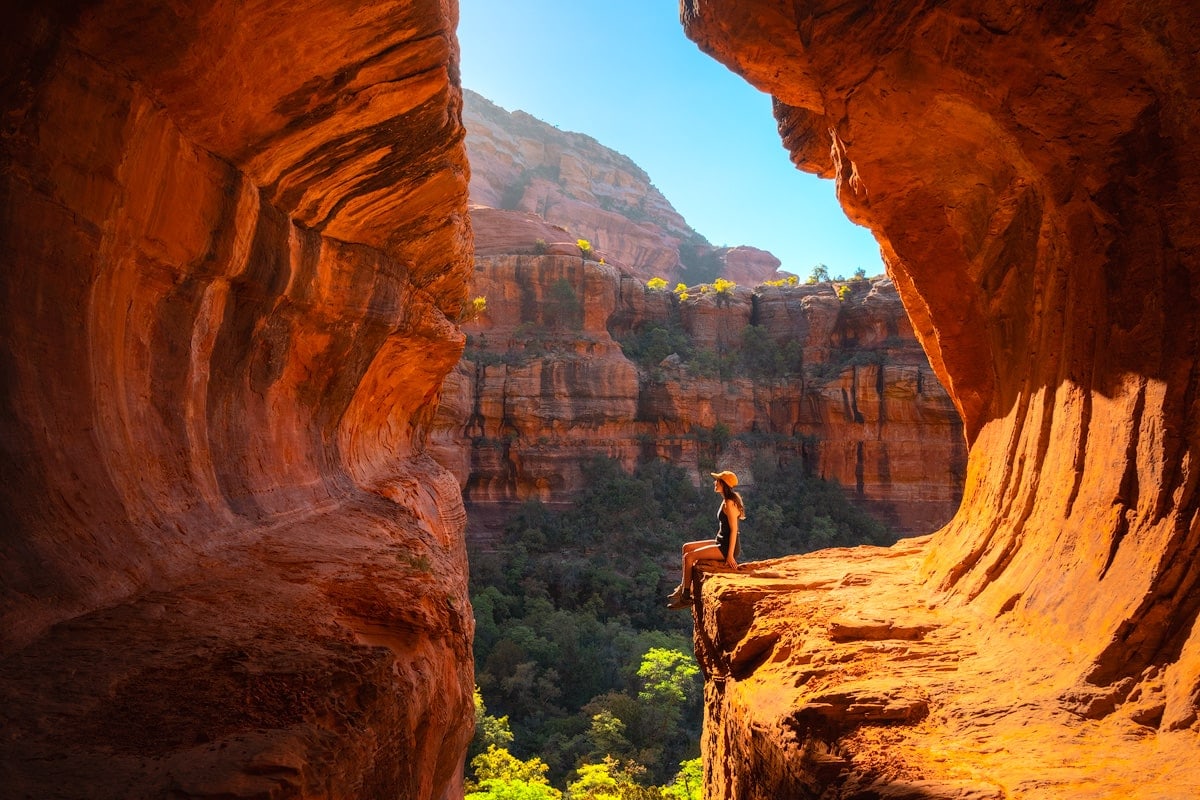
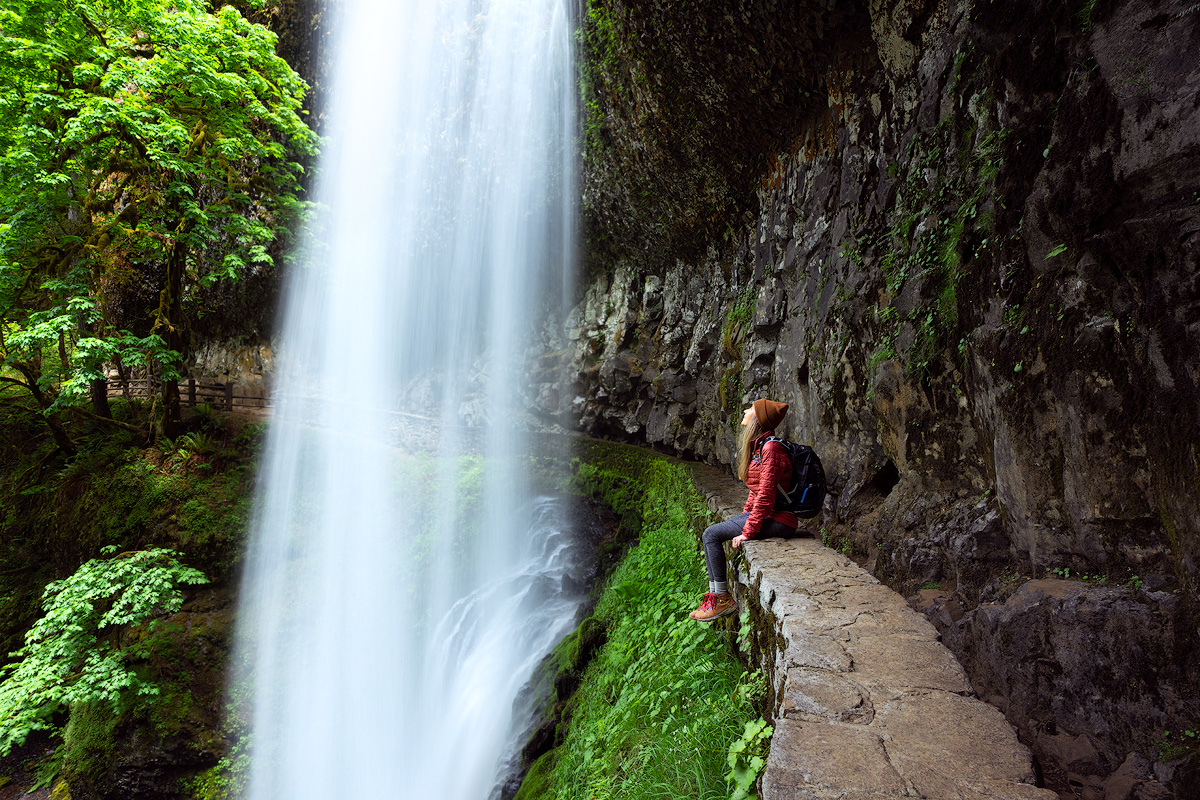
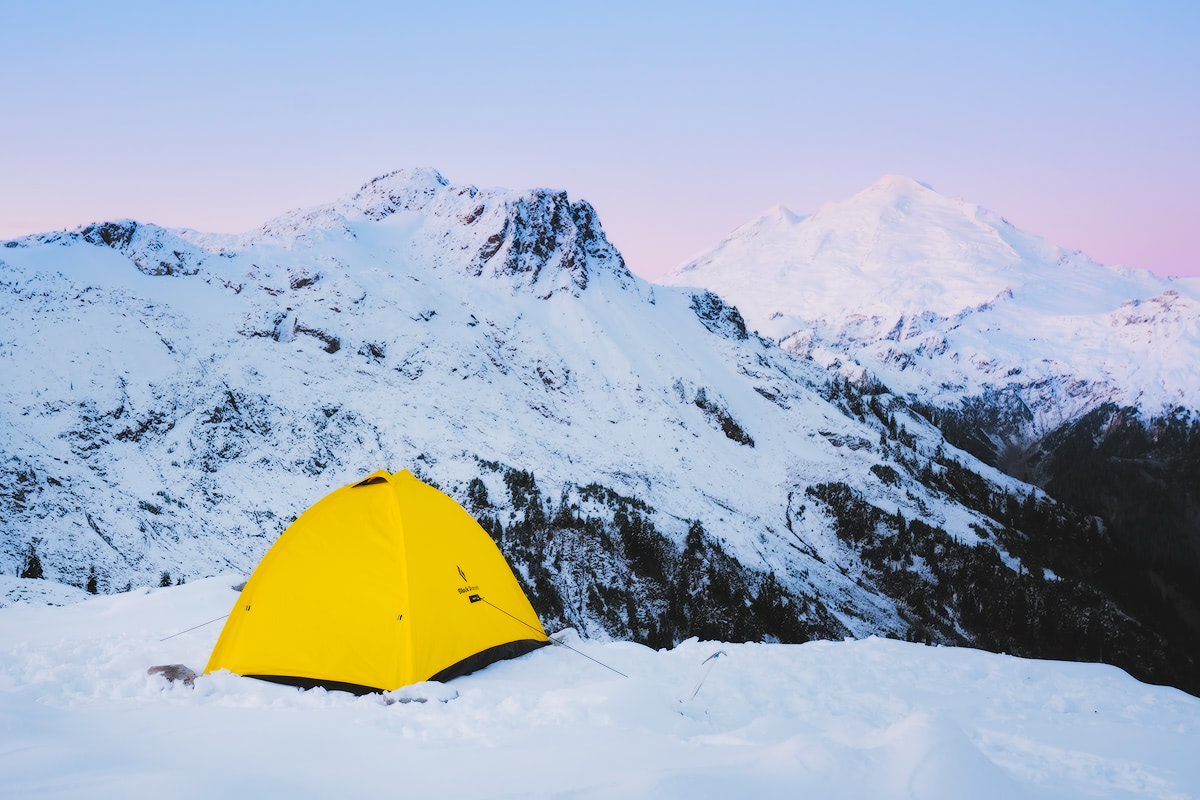
Washington is so beautiful and u do an amazing job capturing, Bosch. You make me miss home!
Where do you recommend staying in this area?